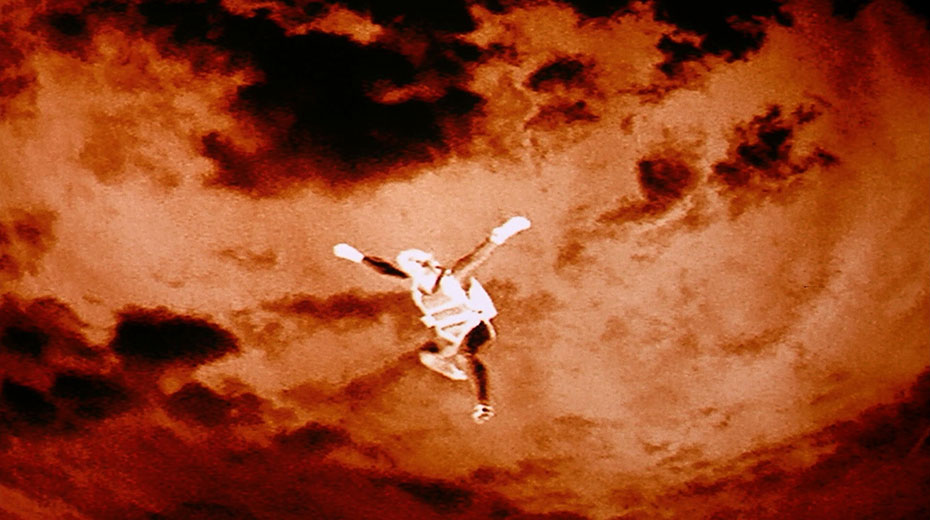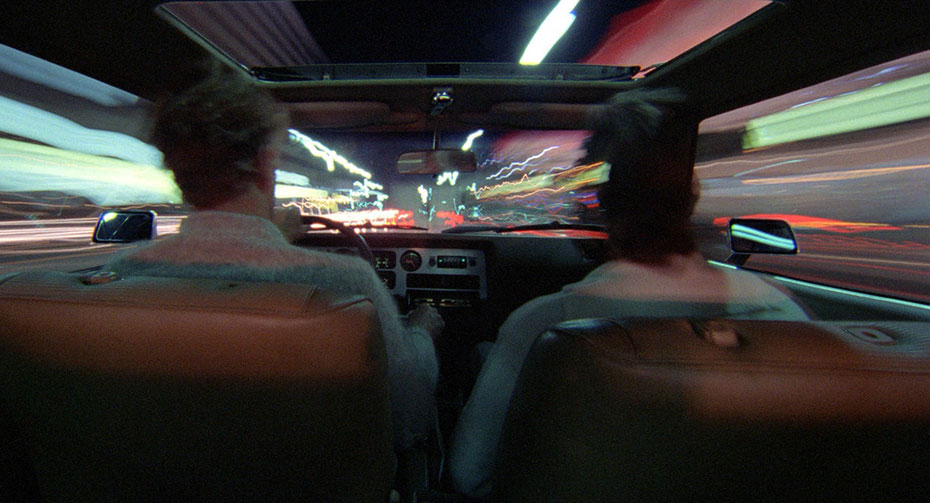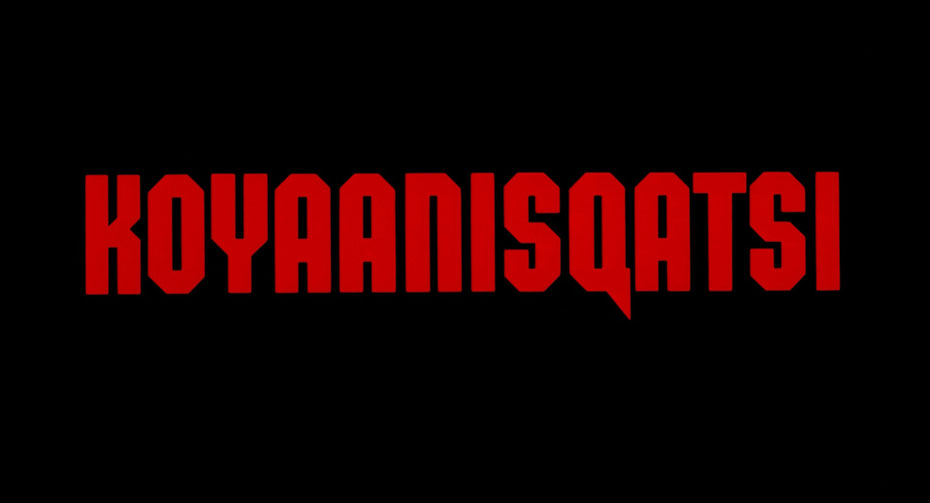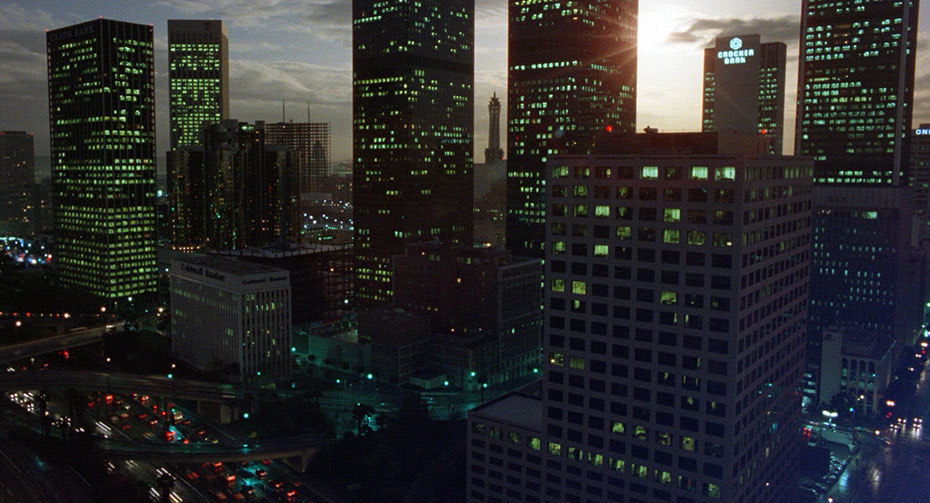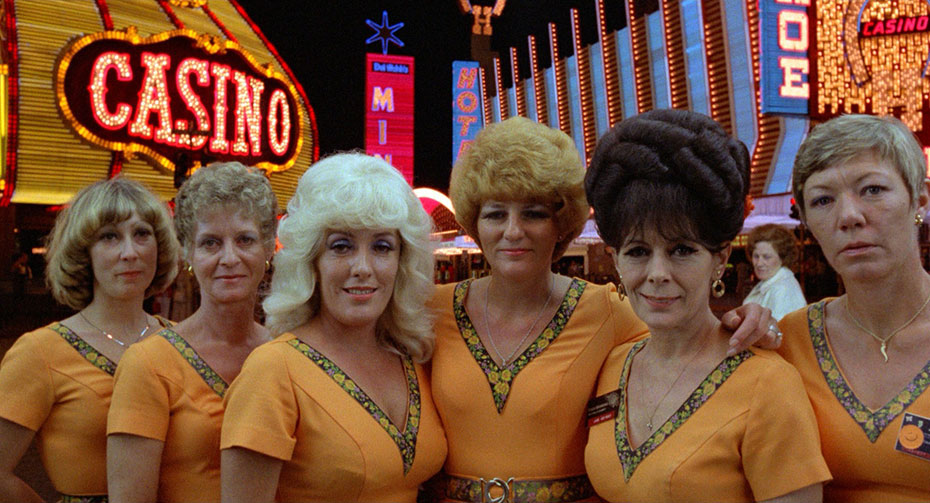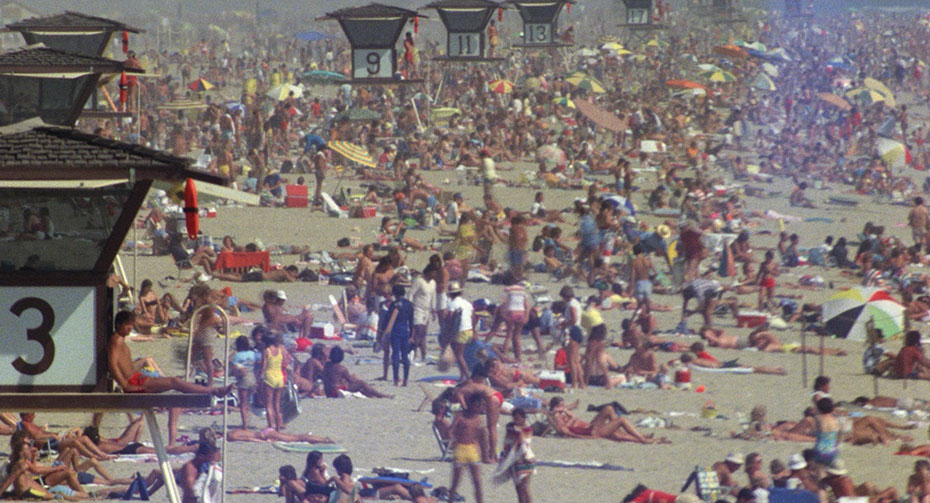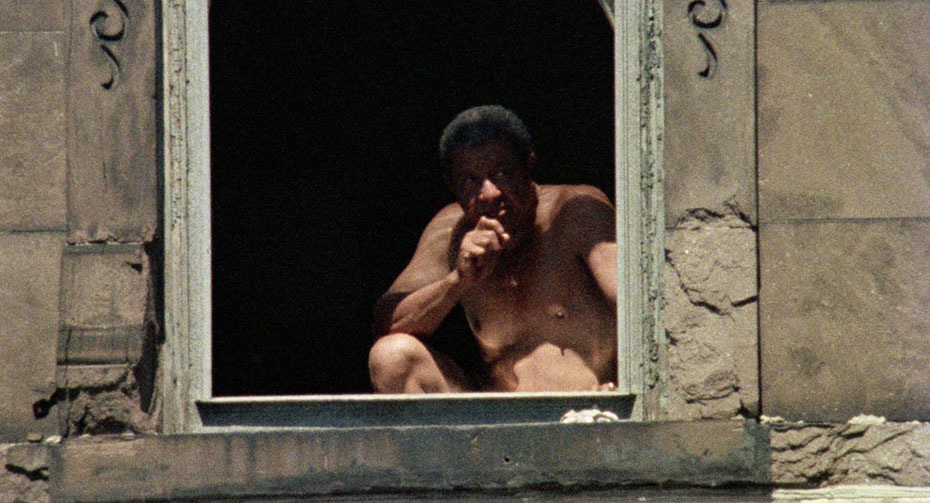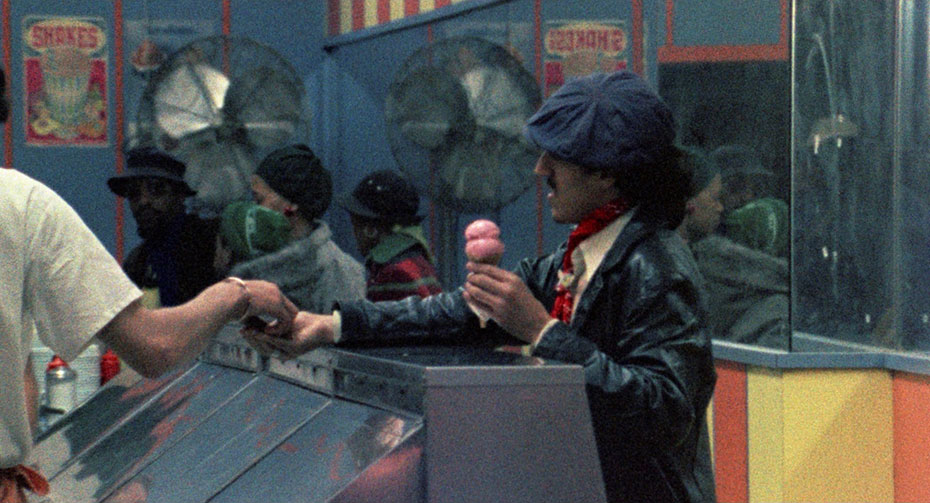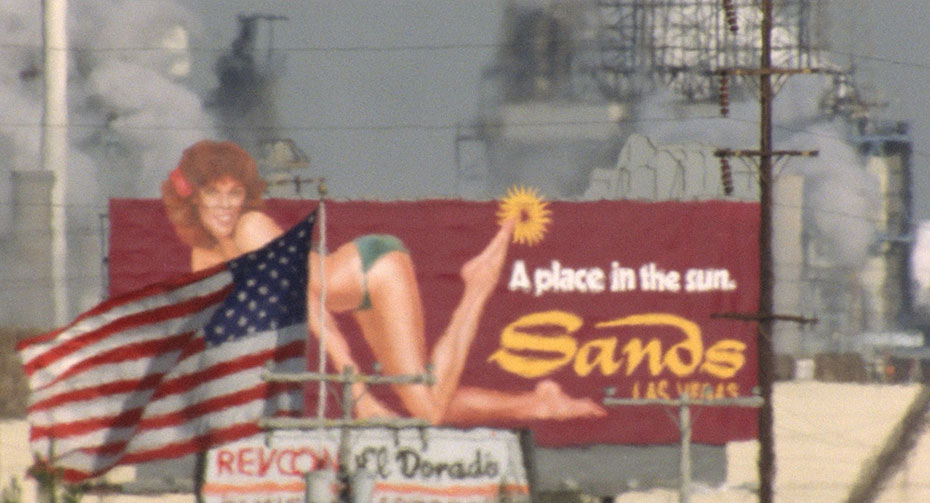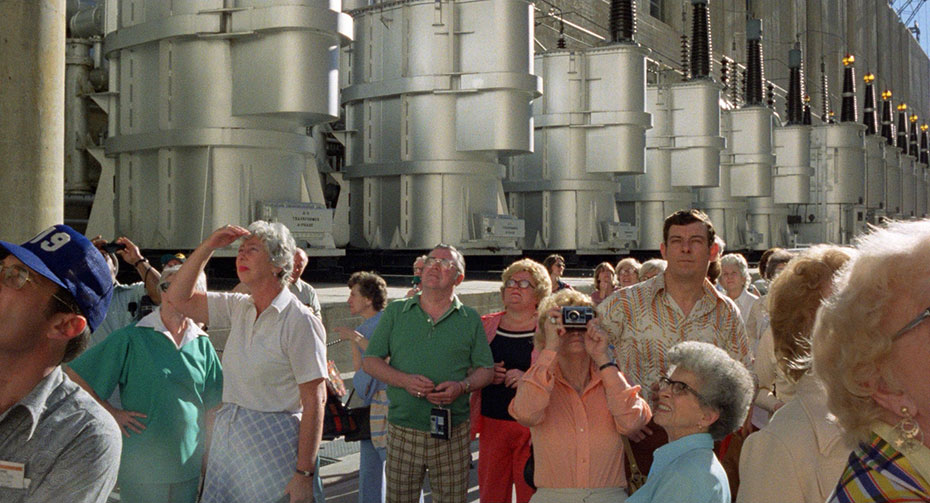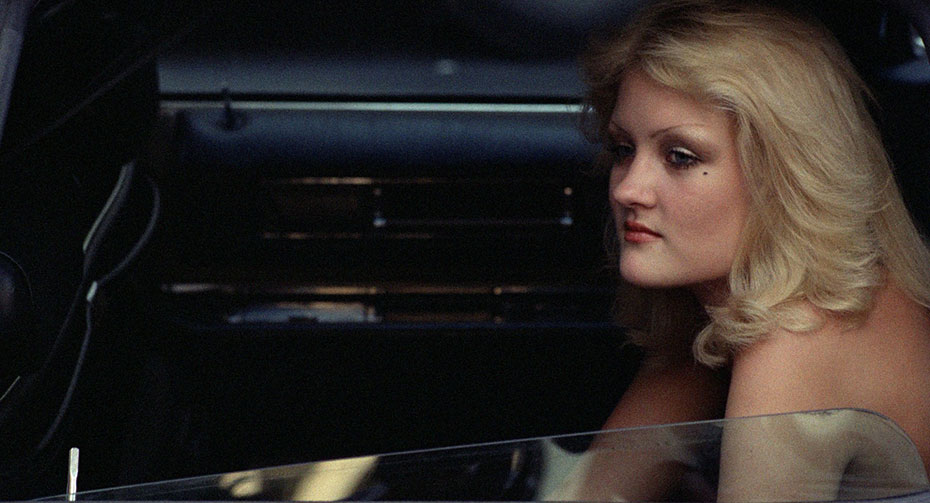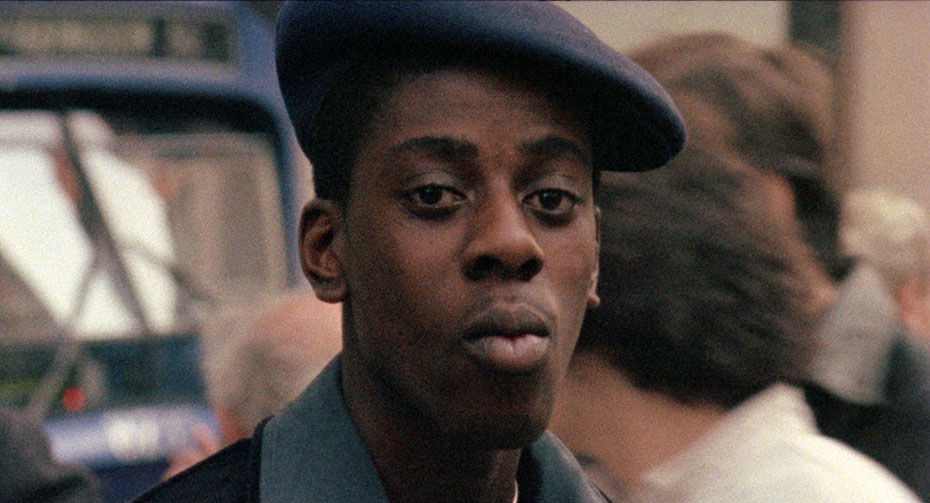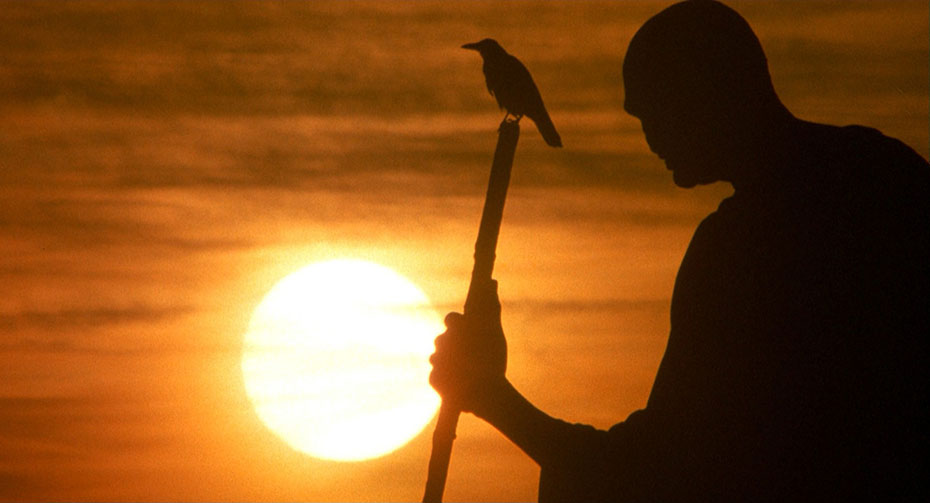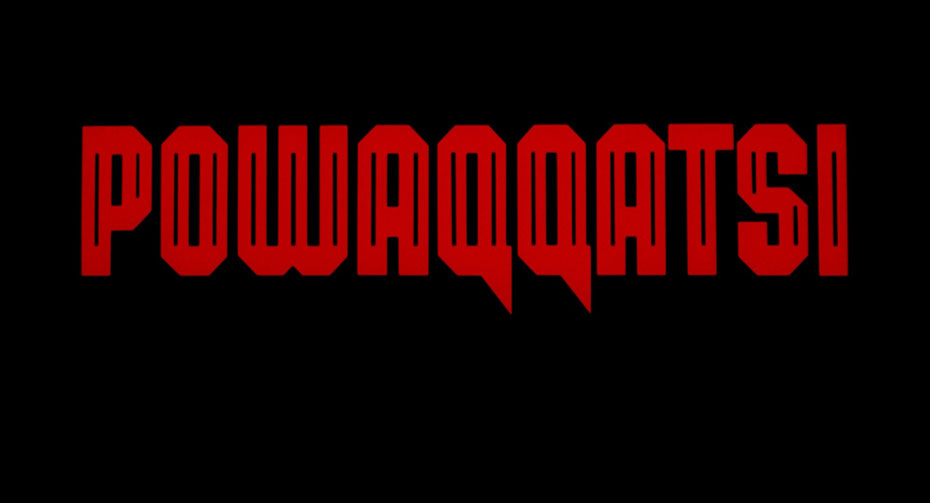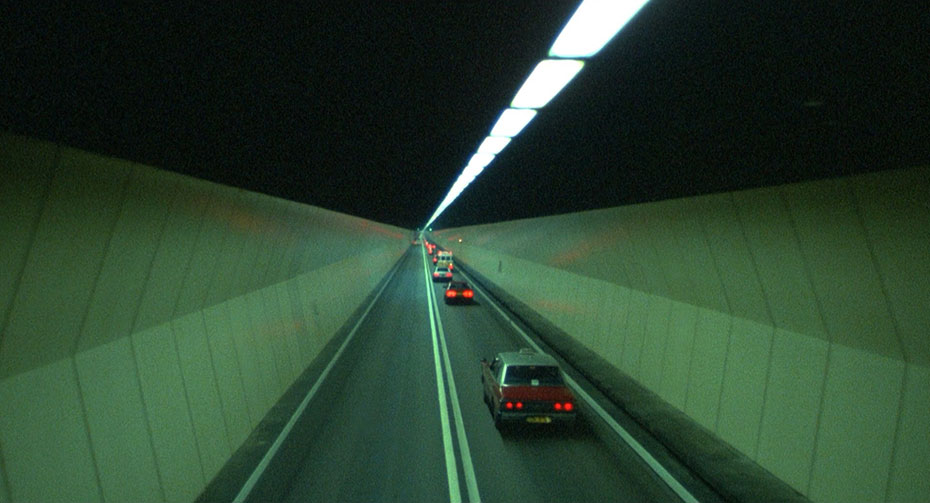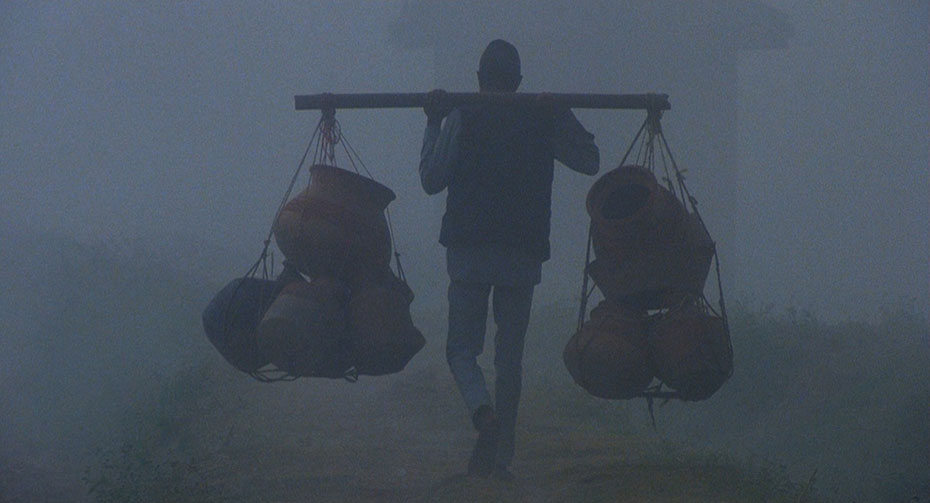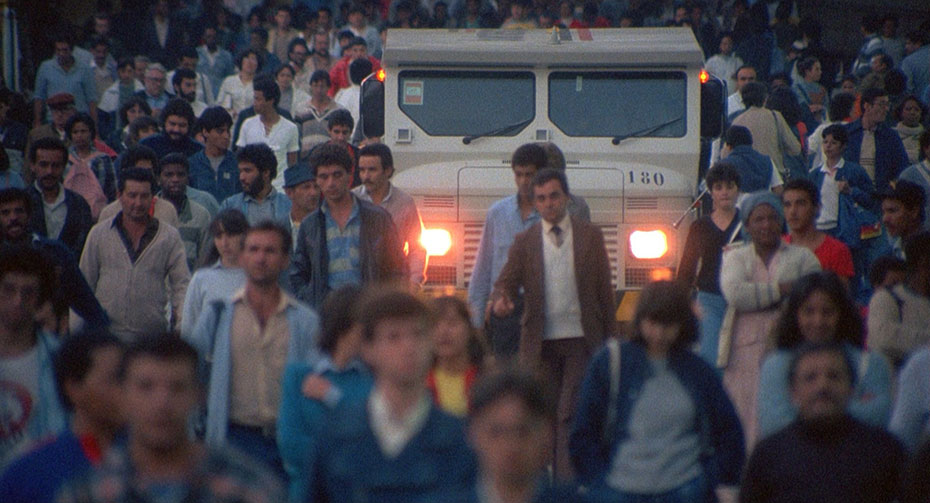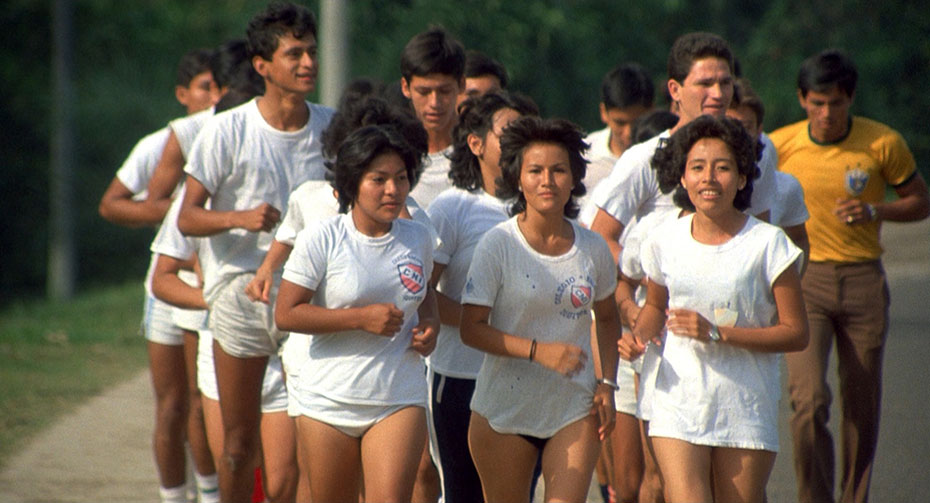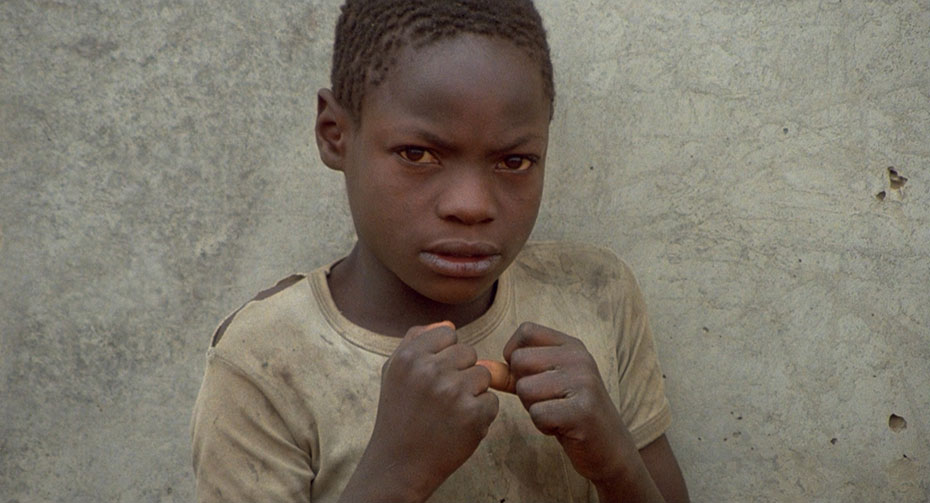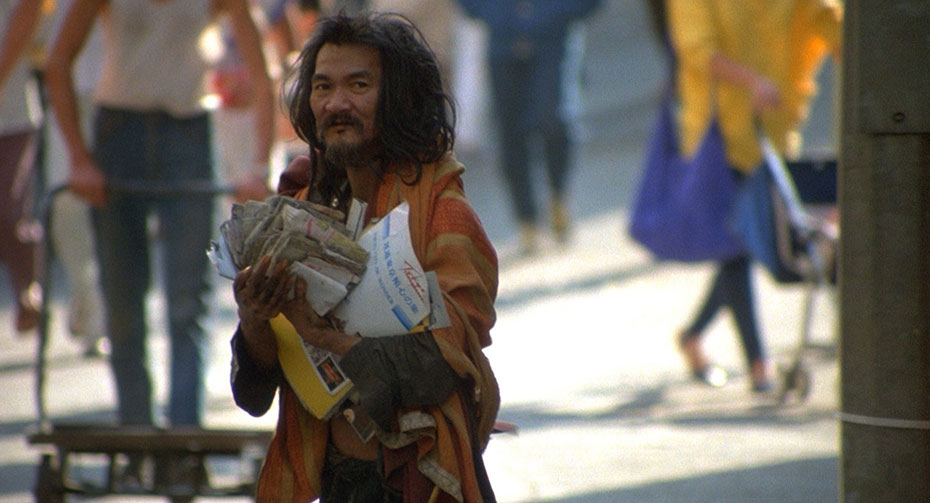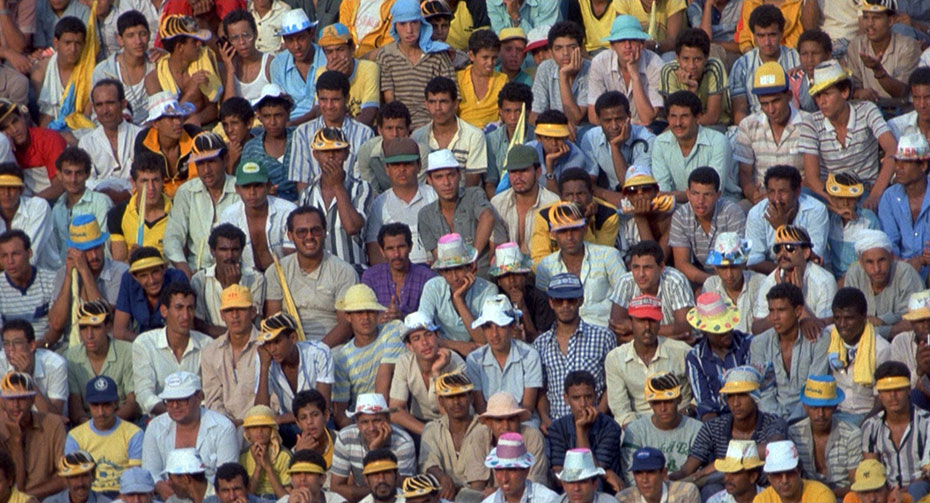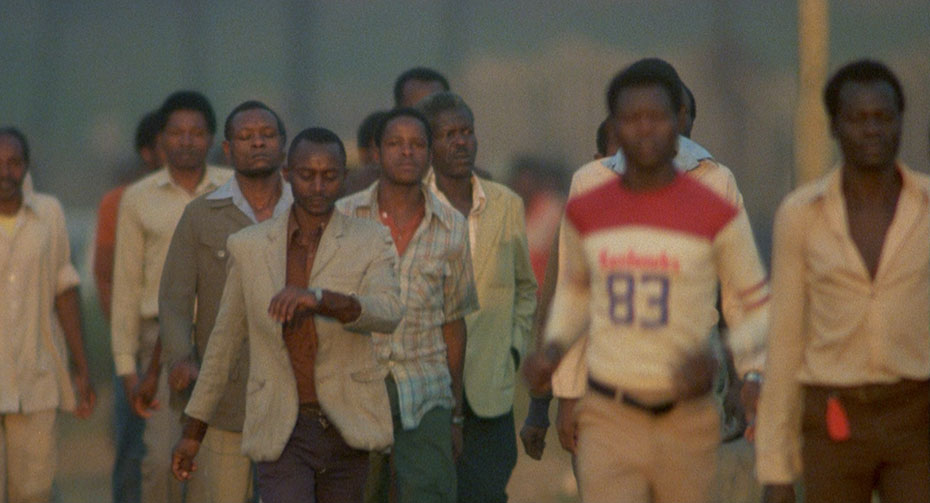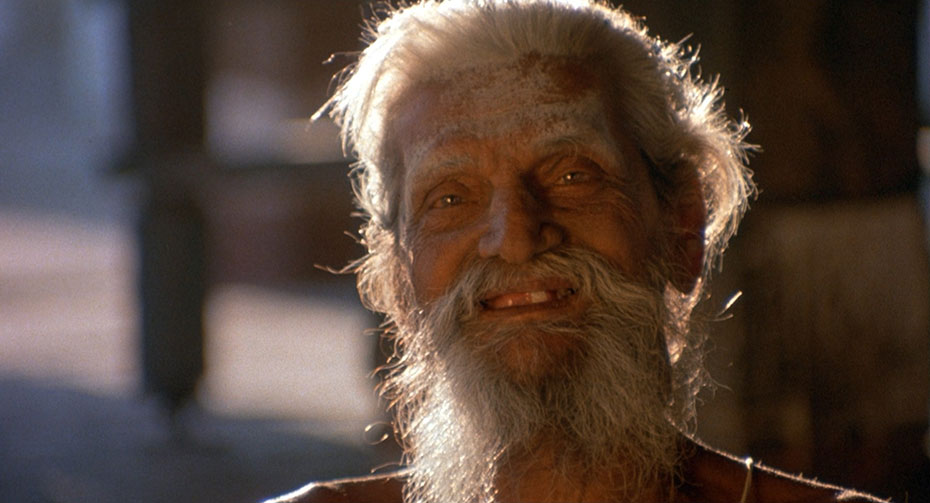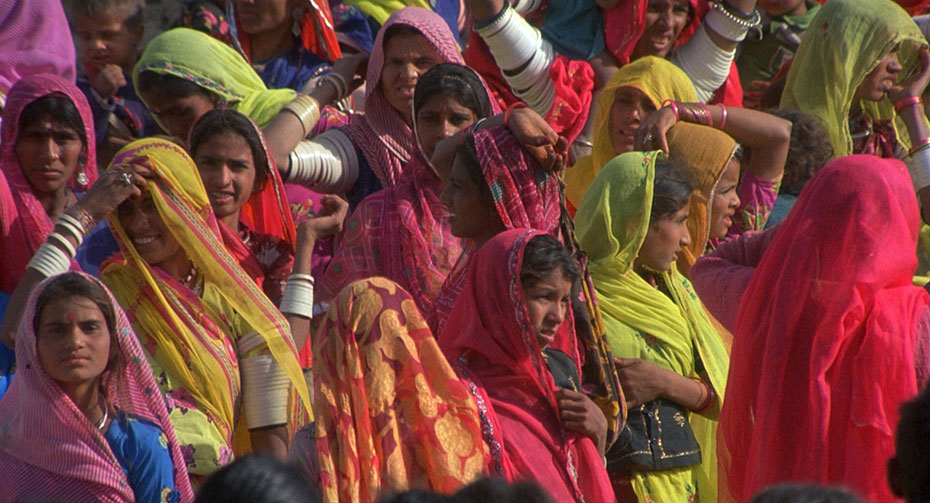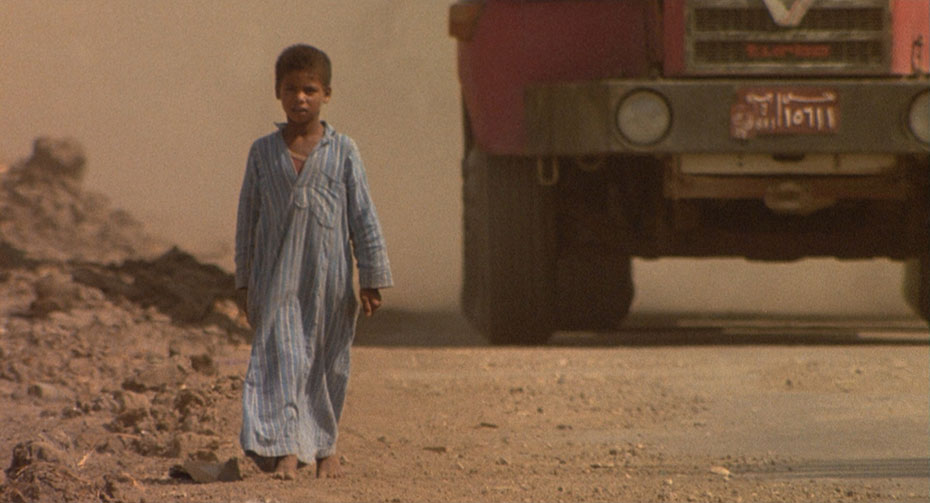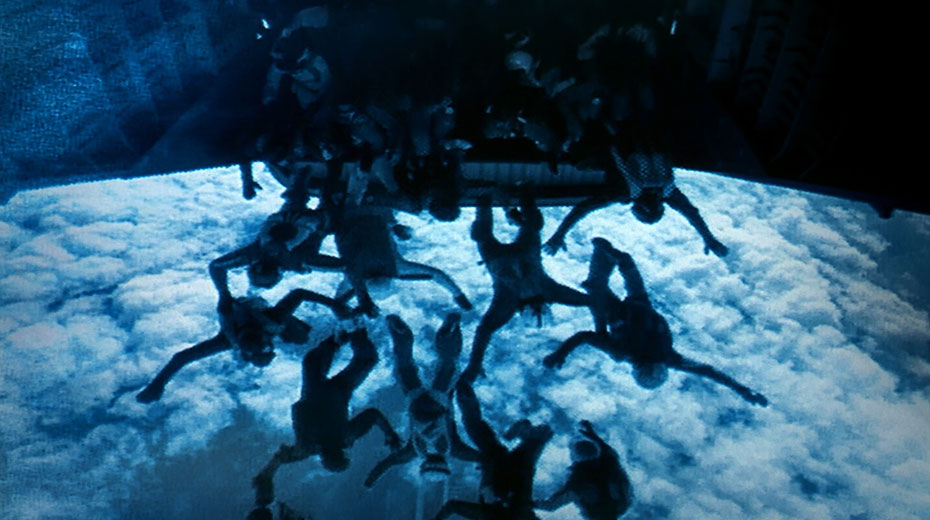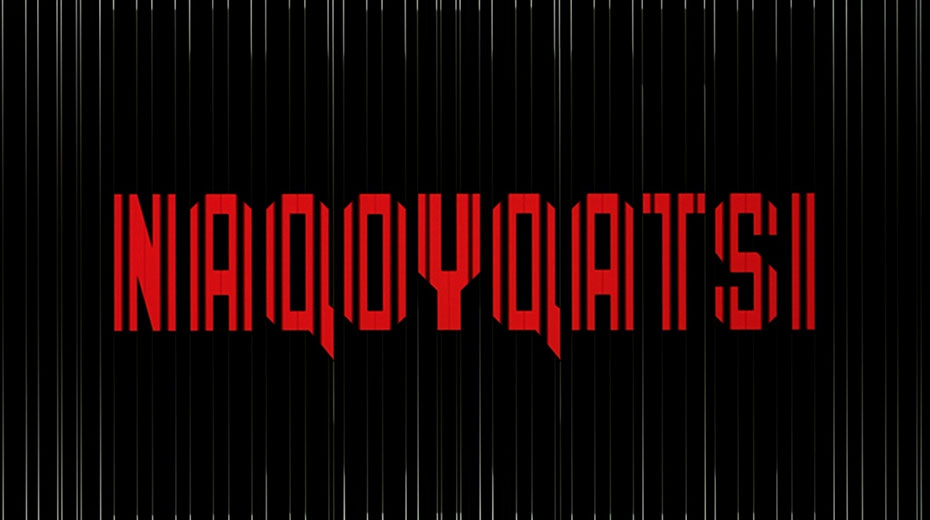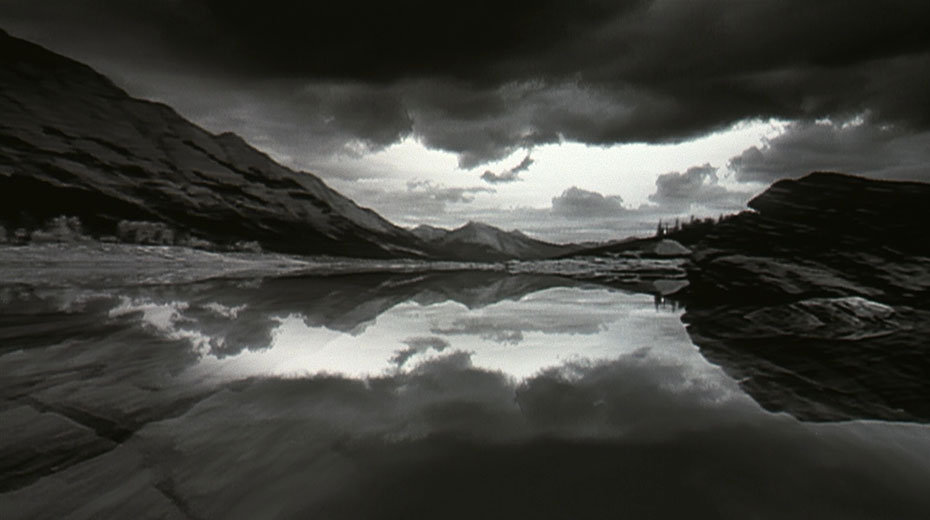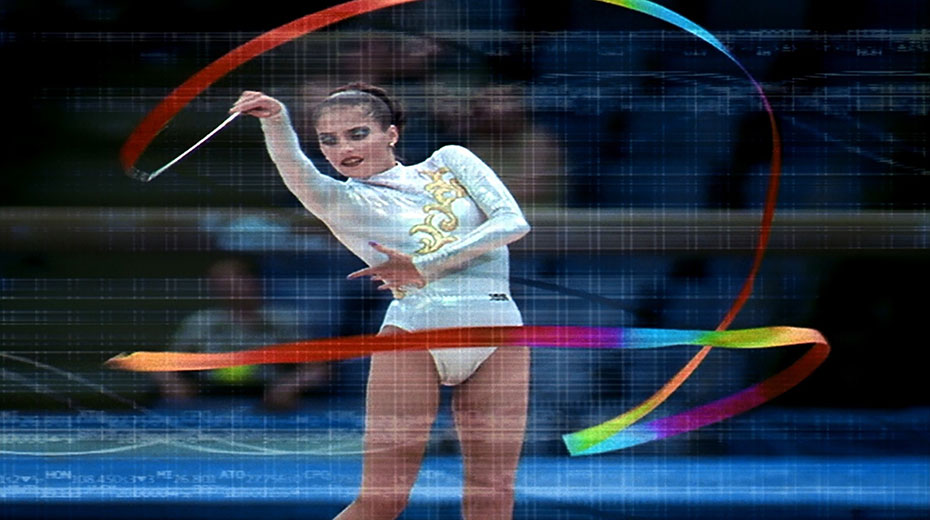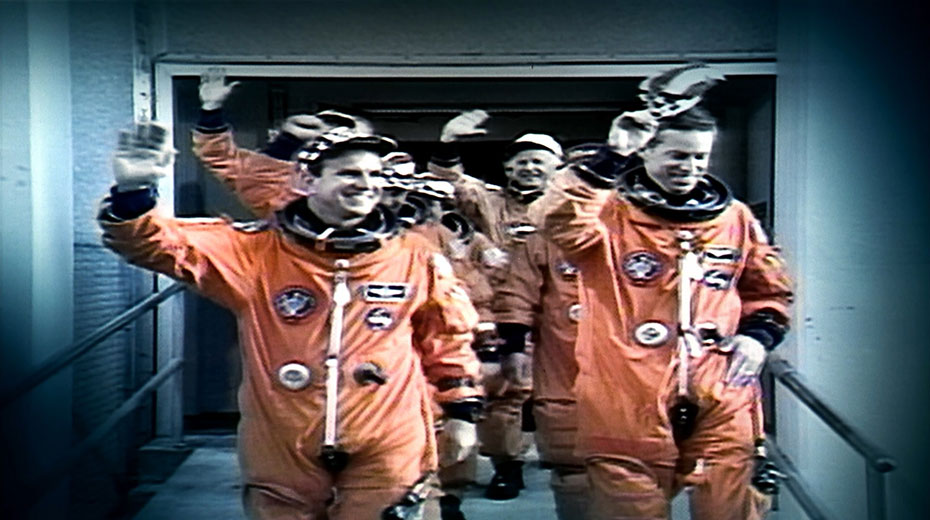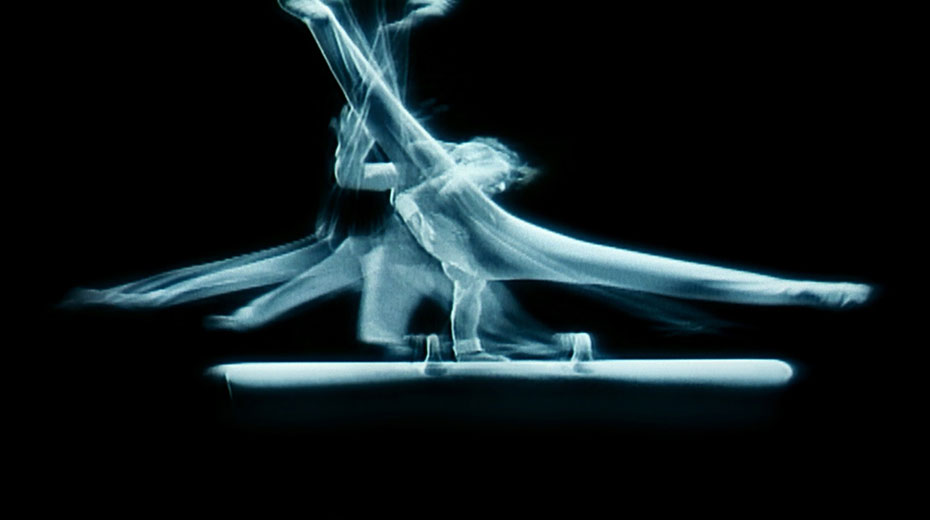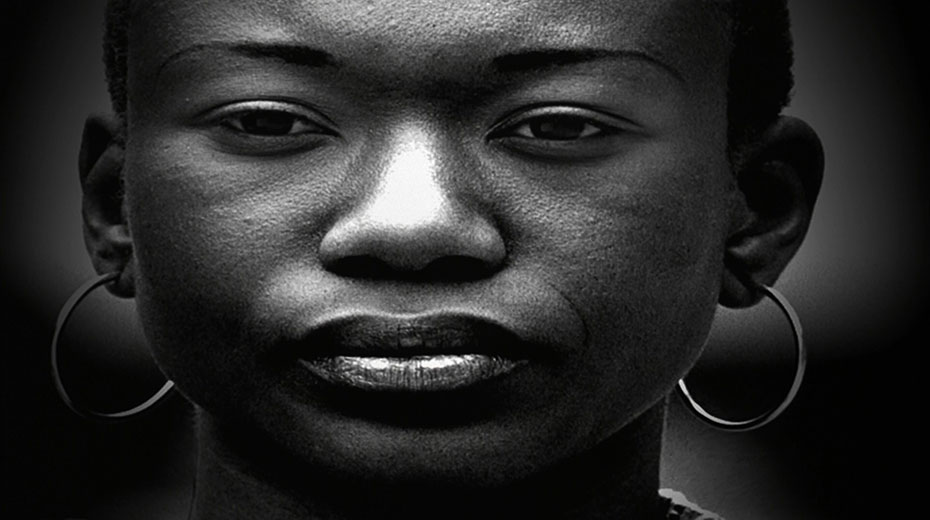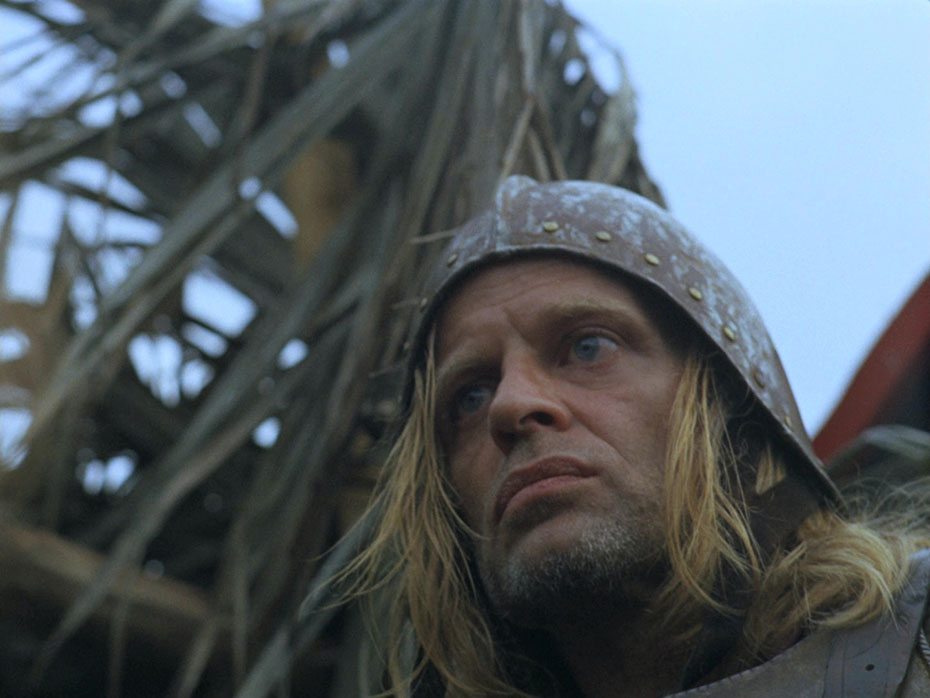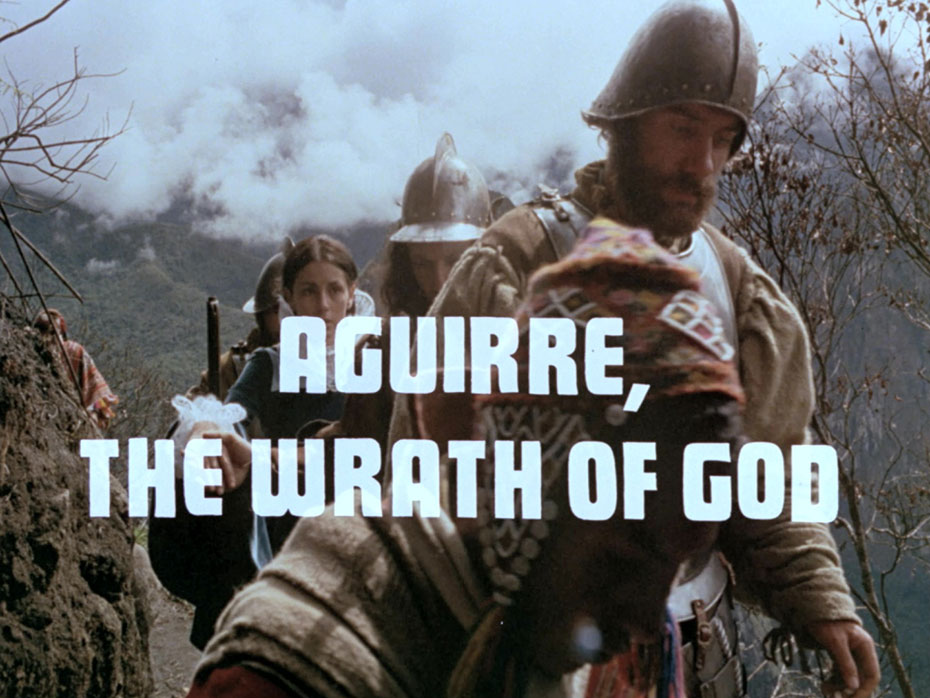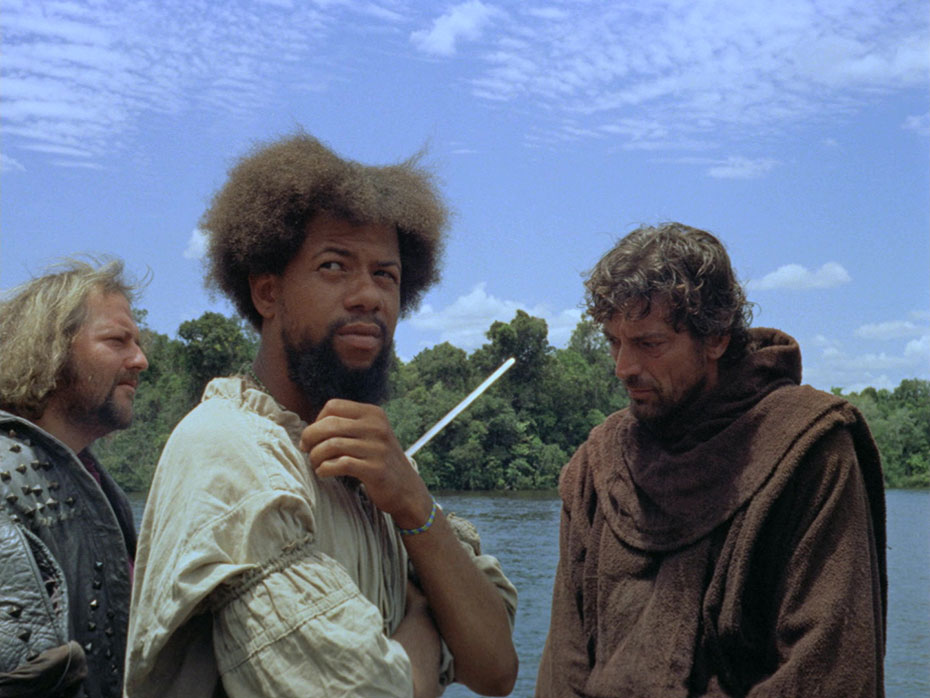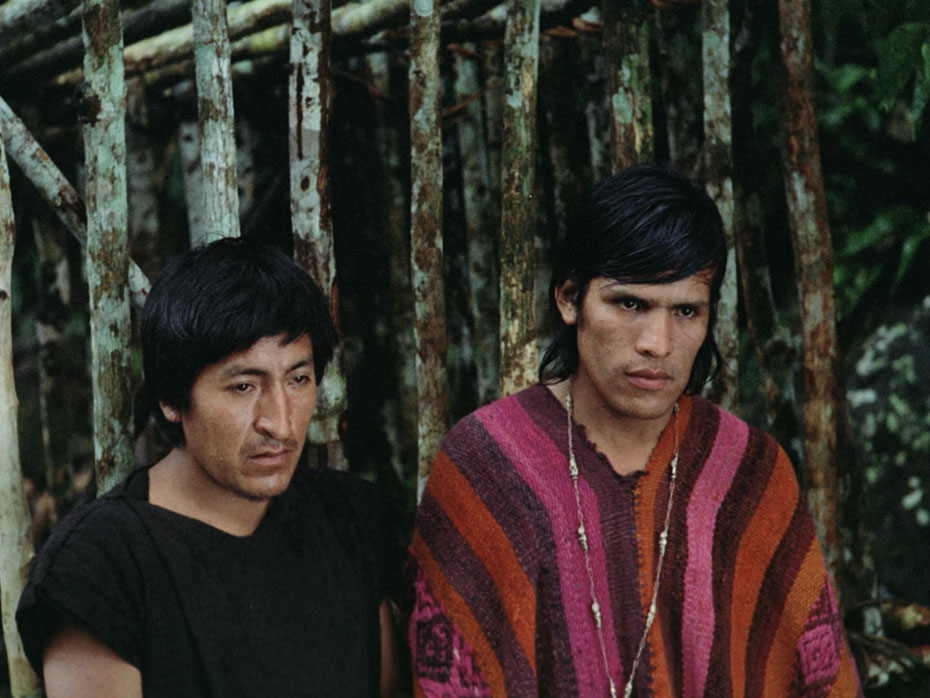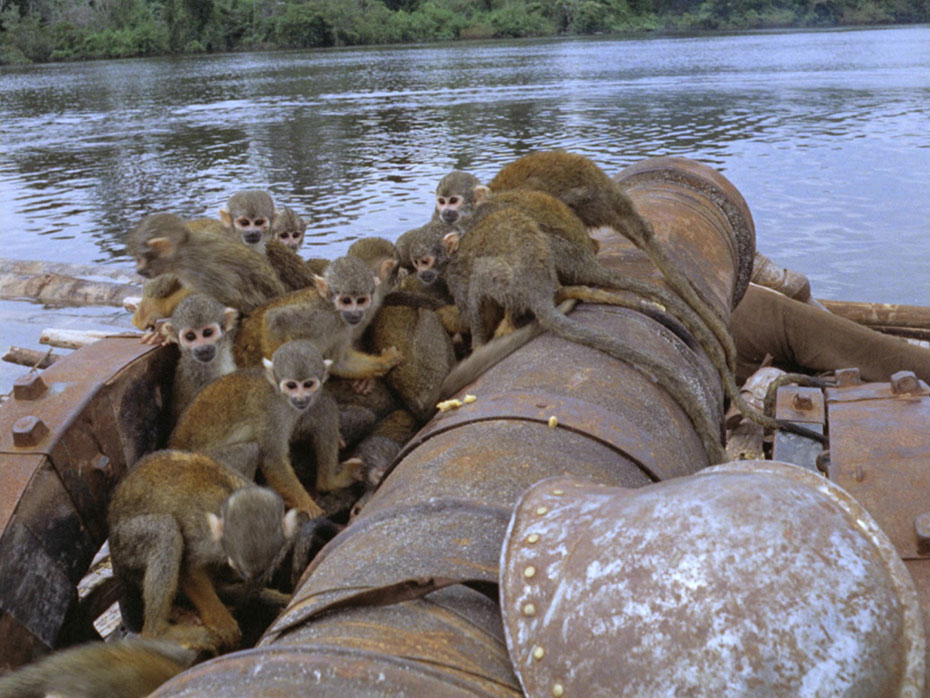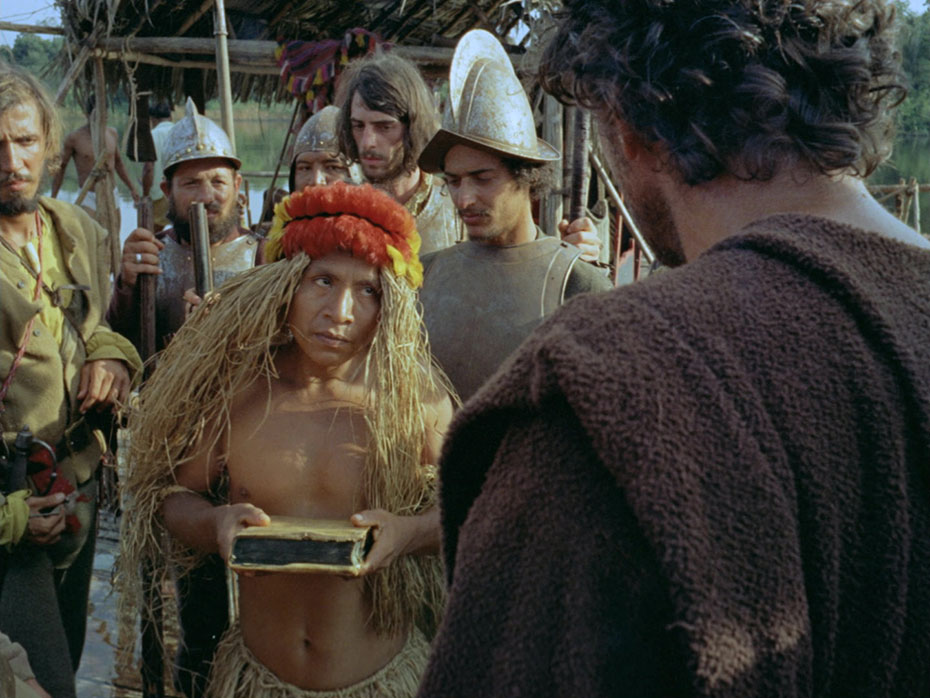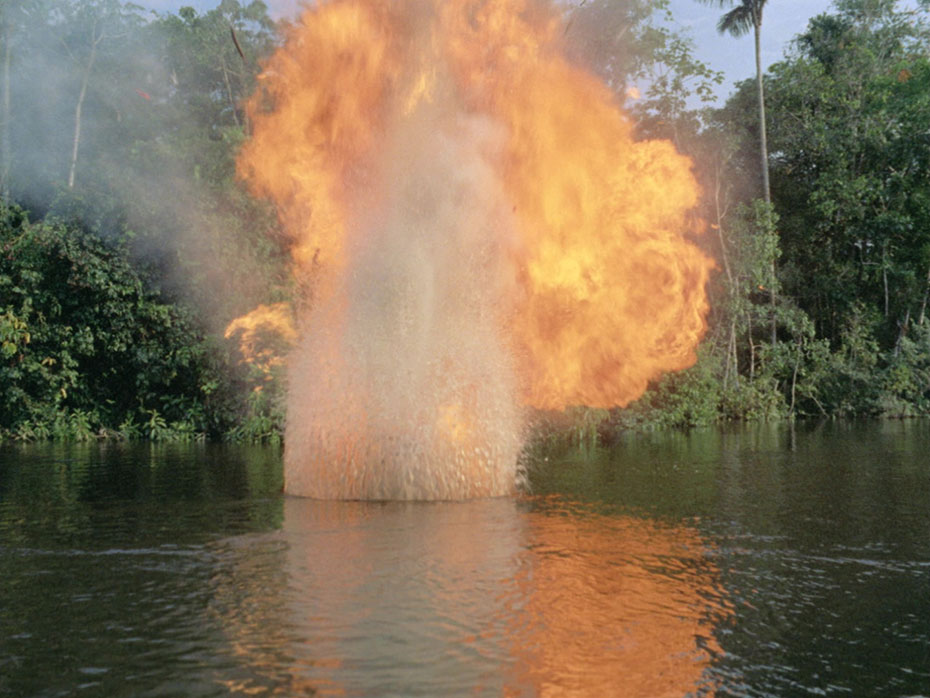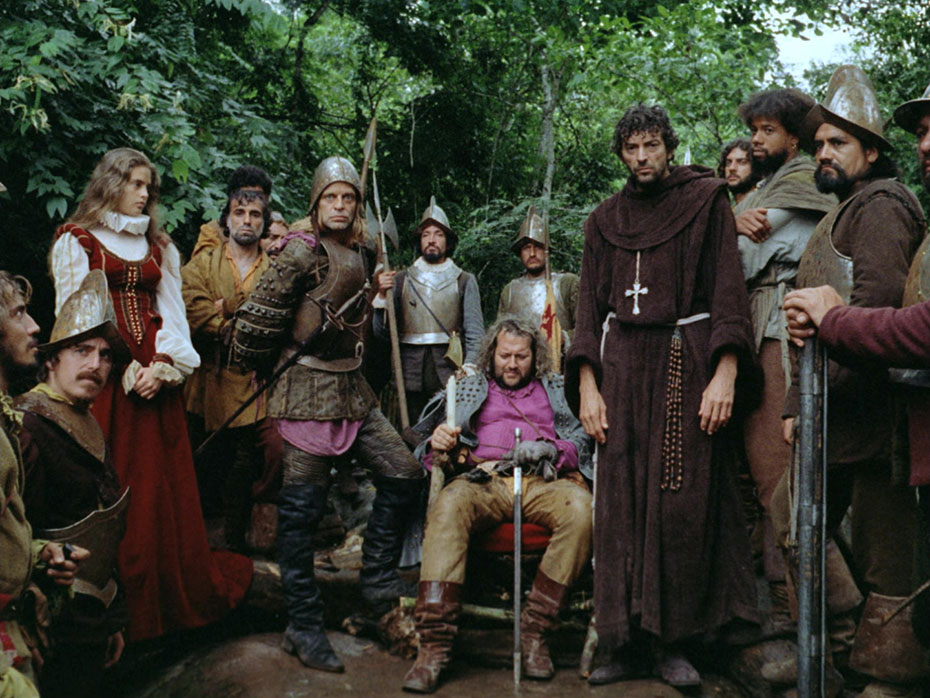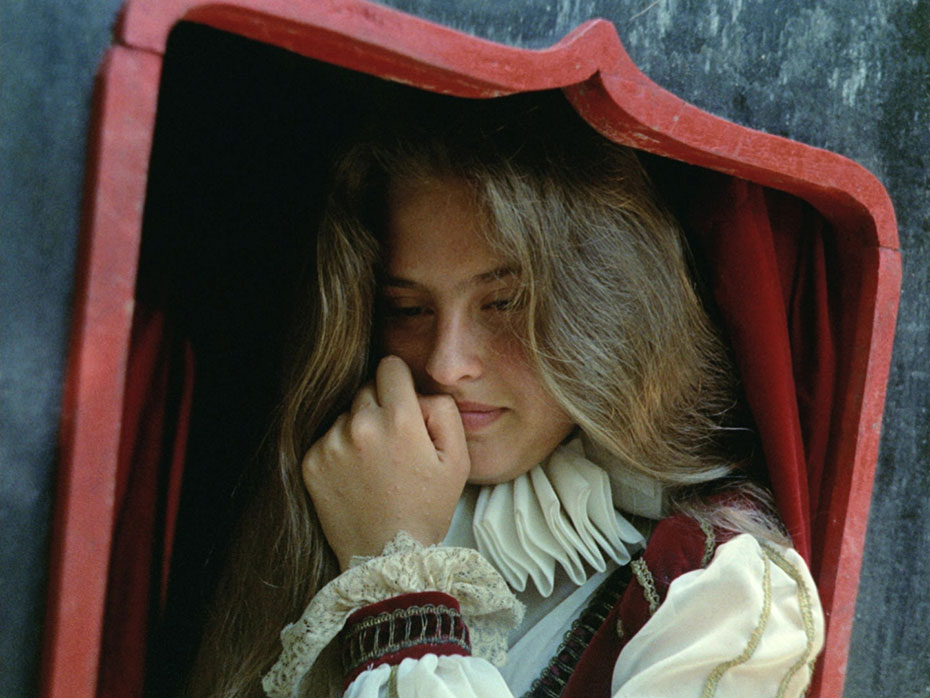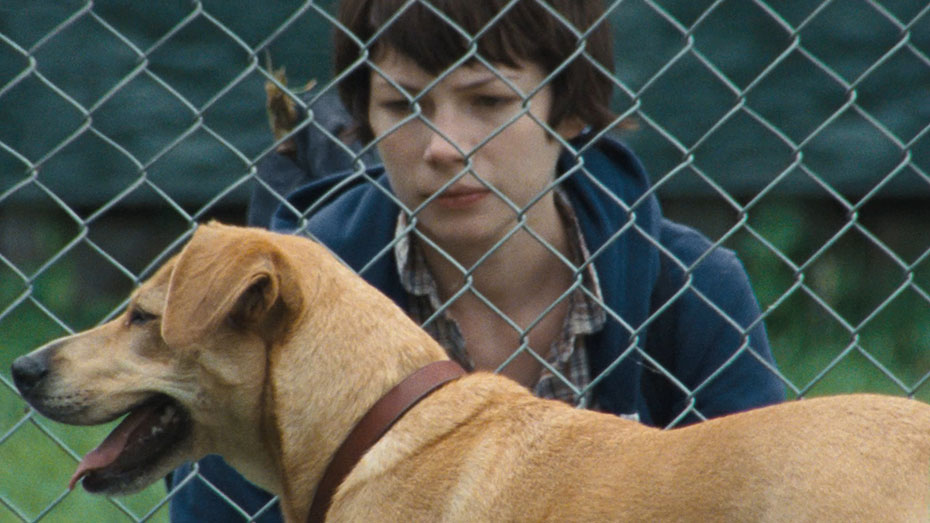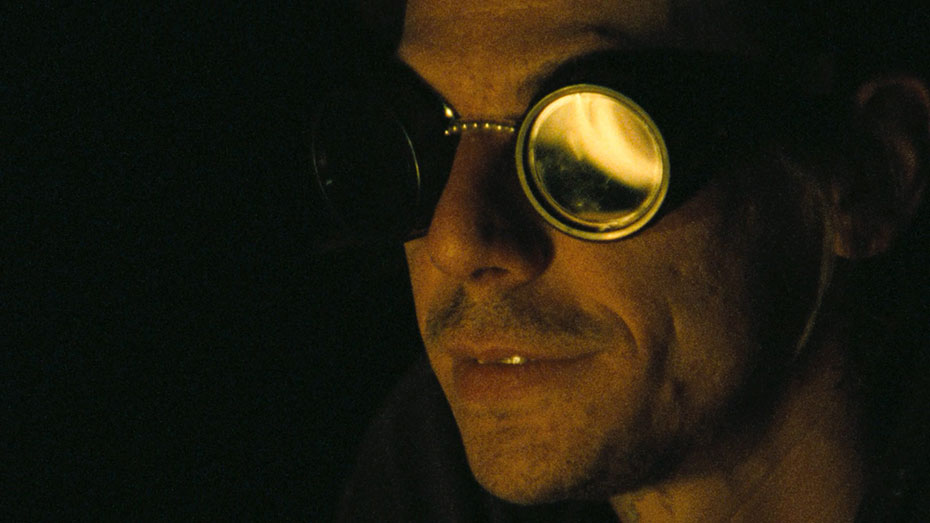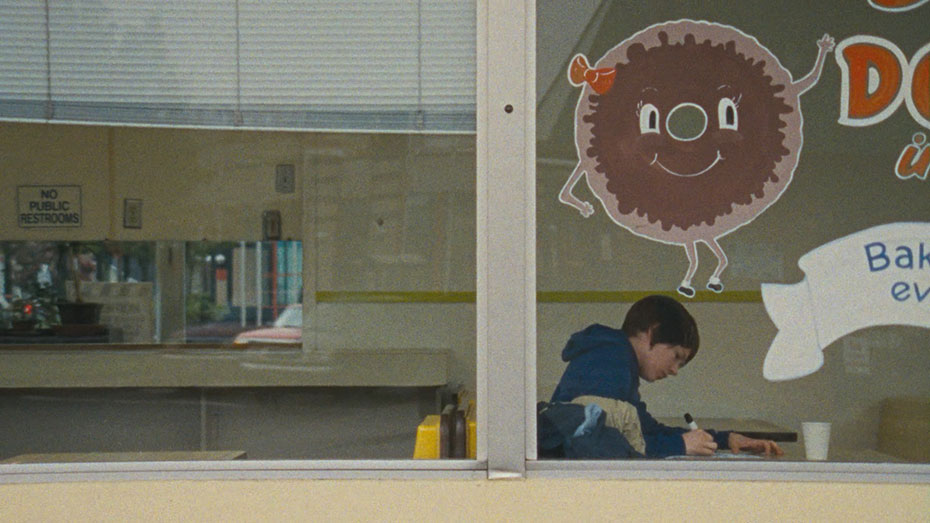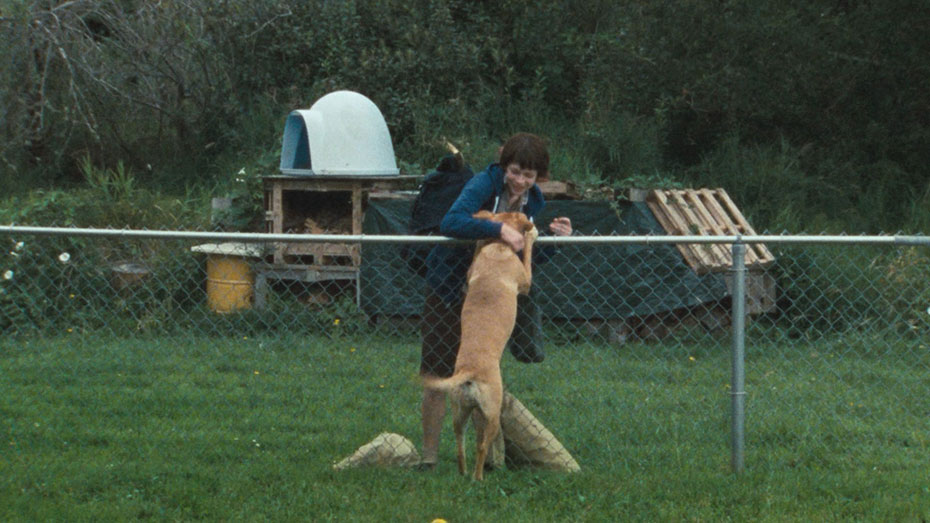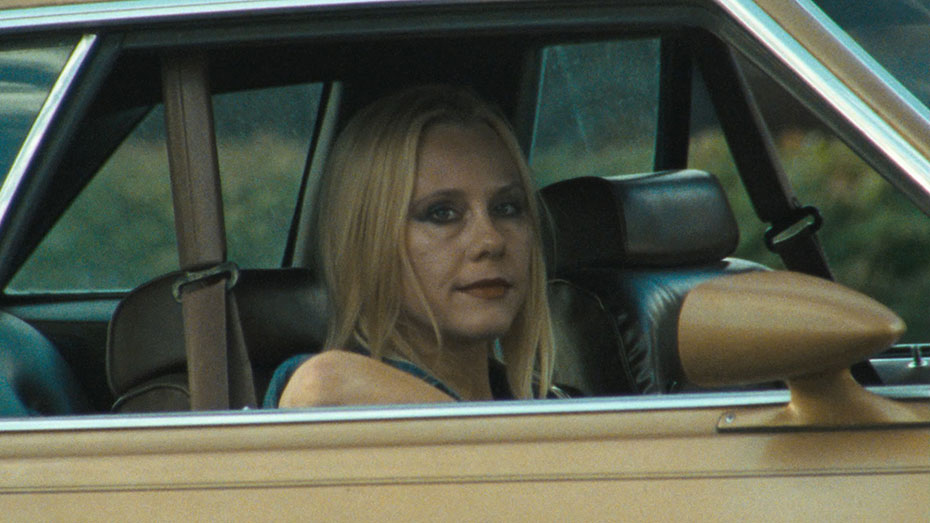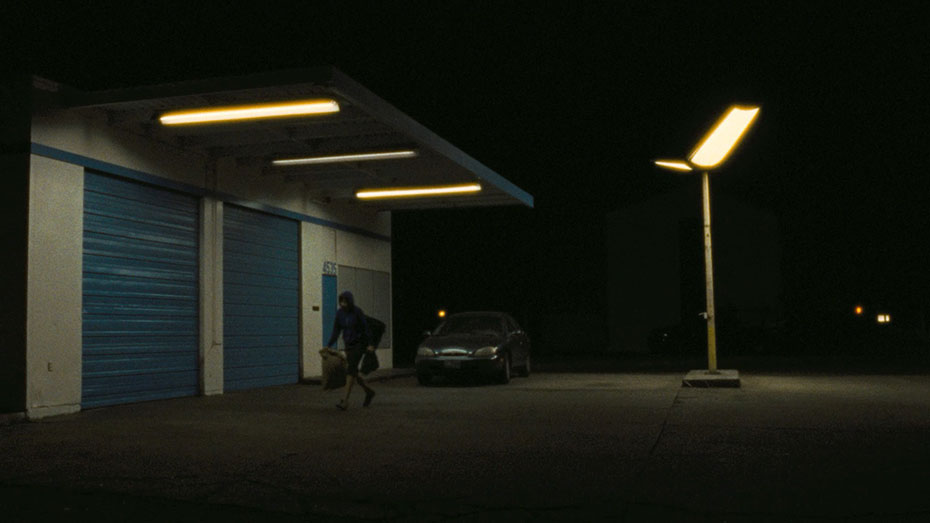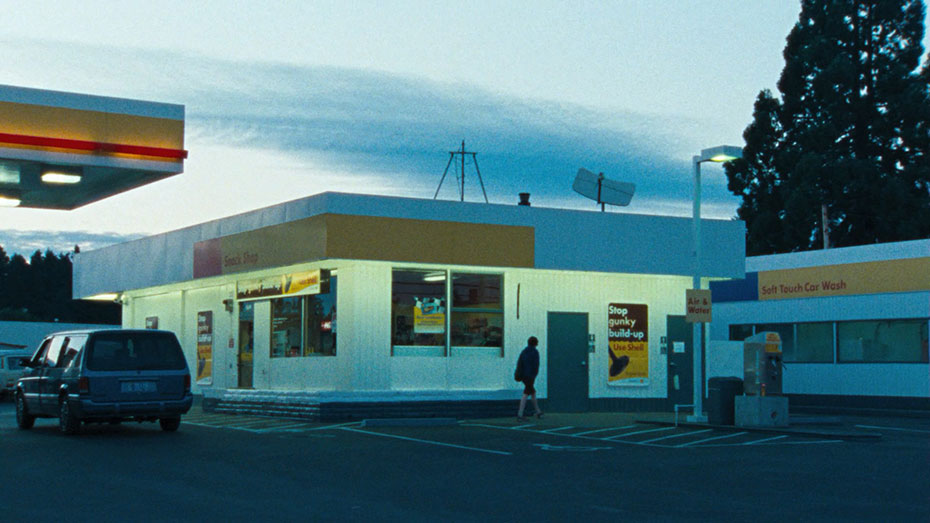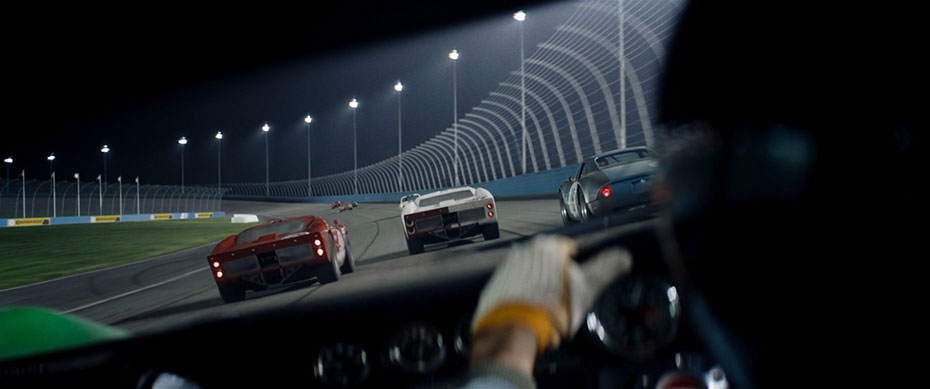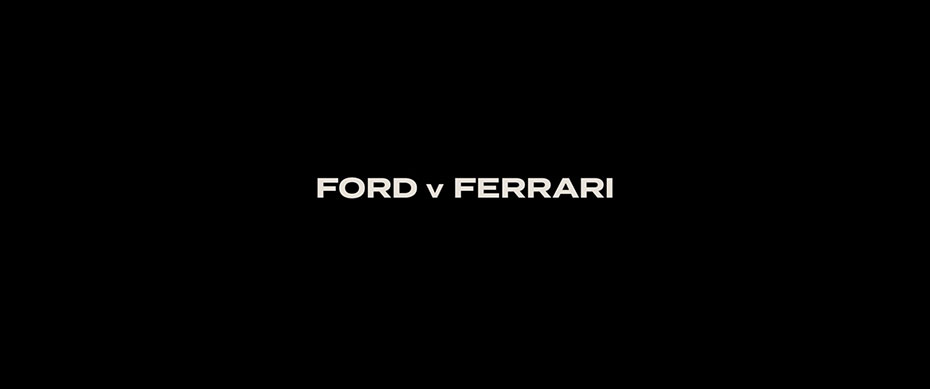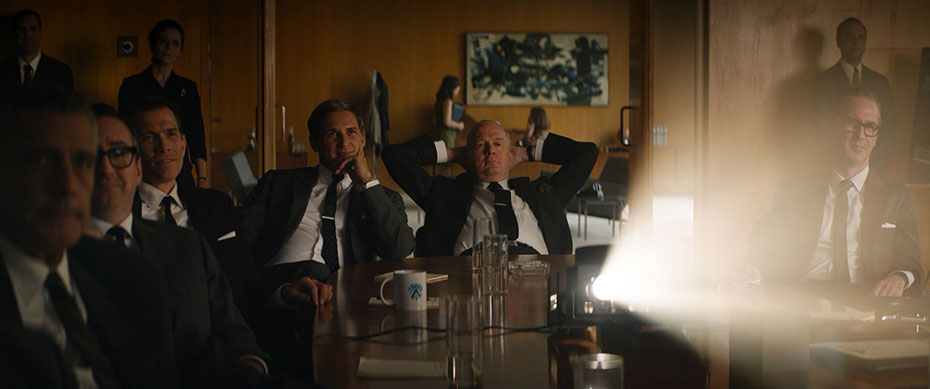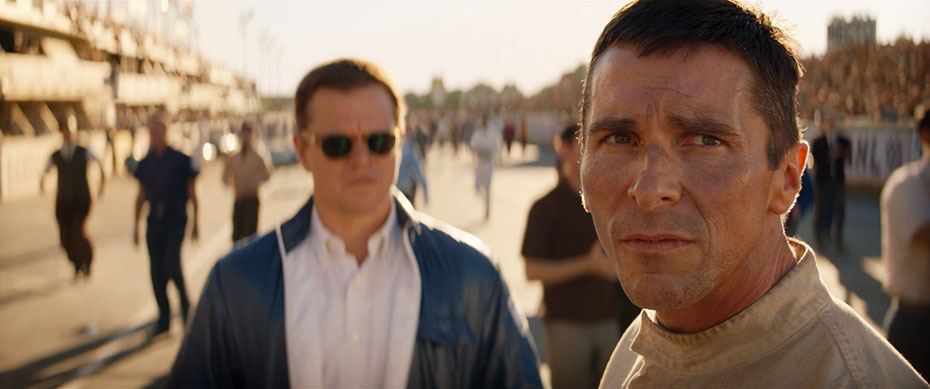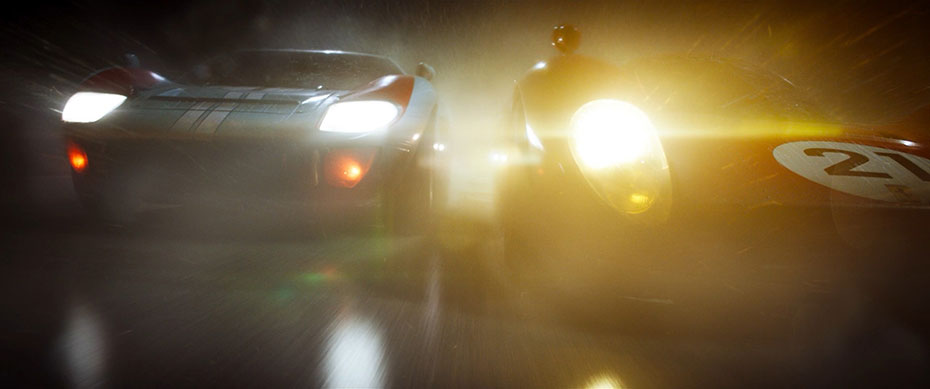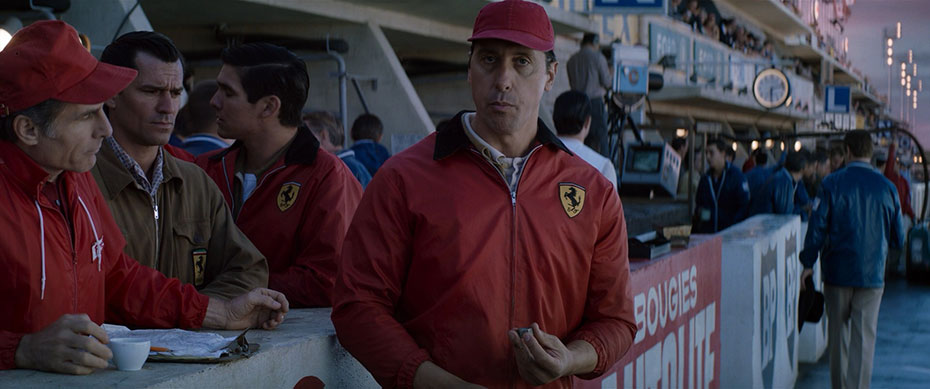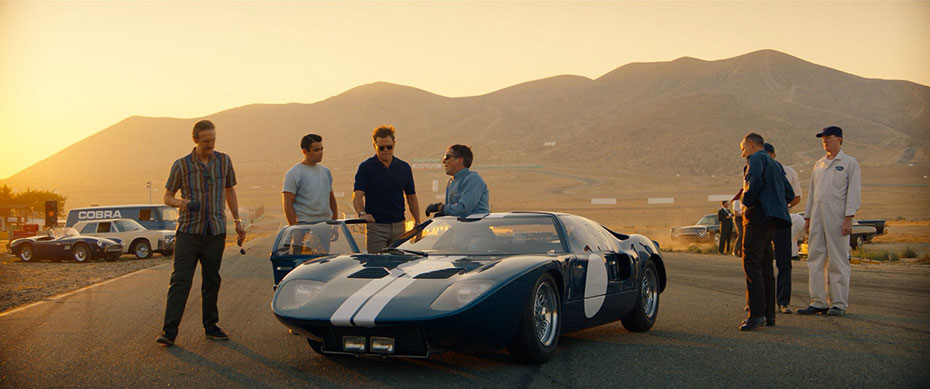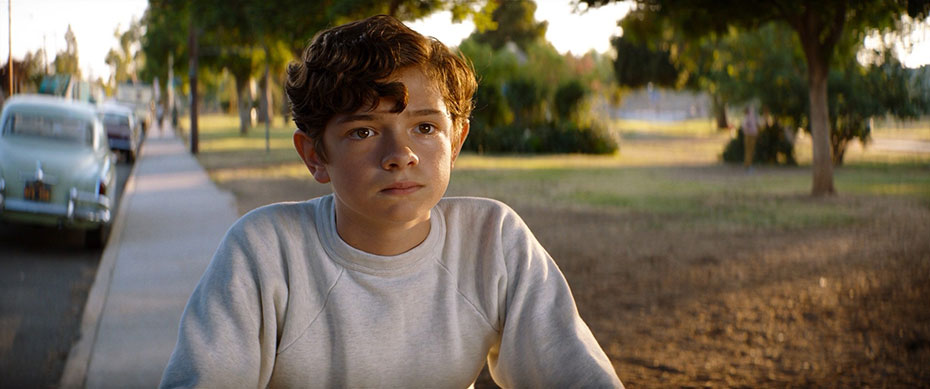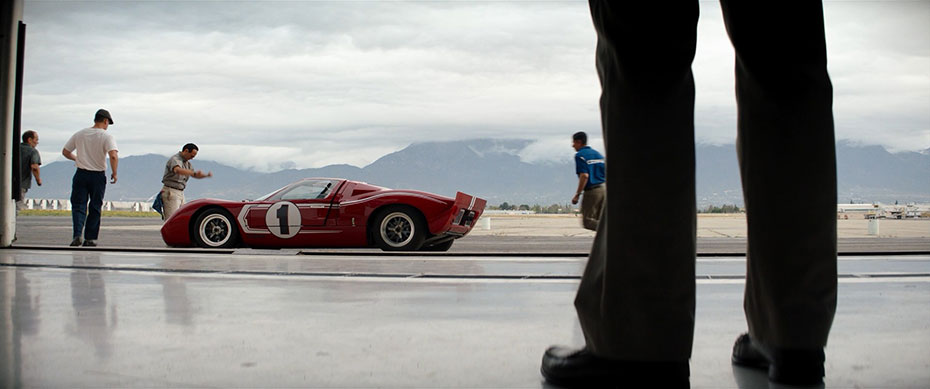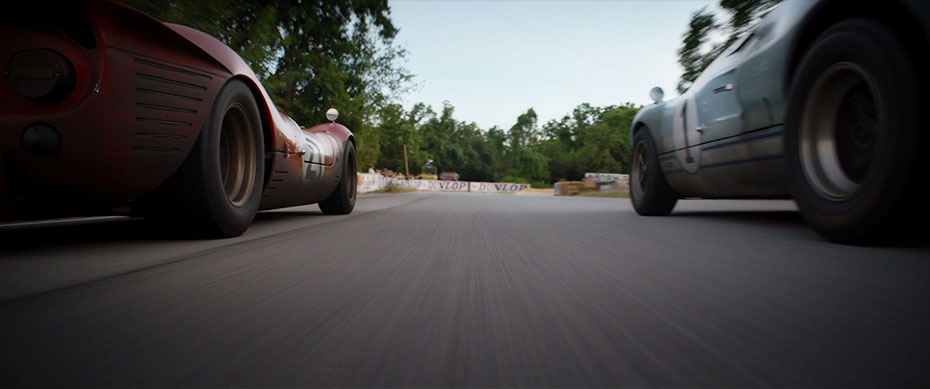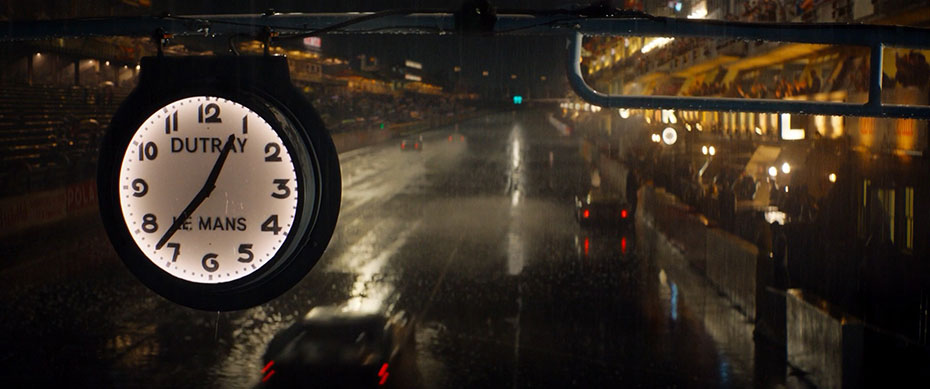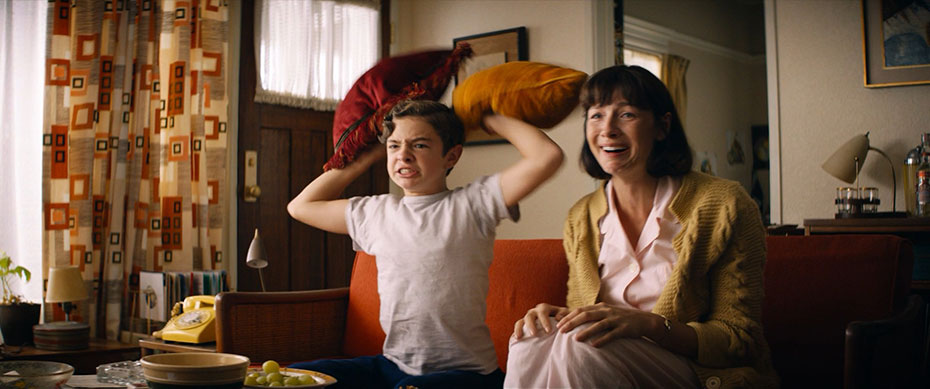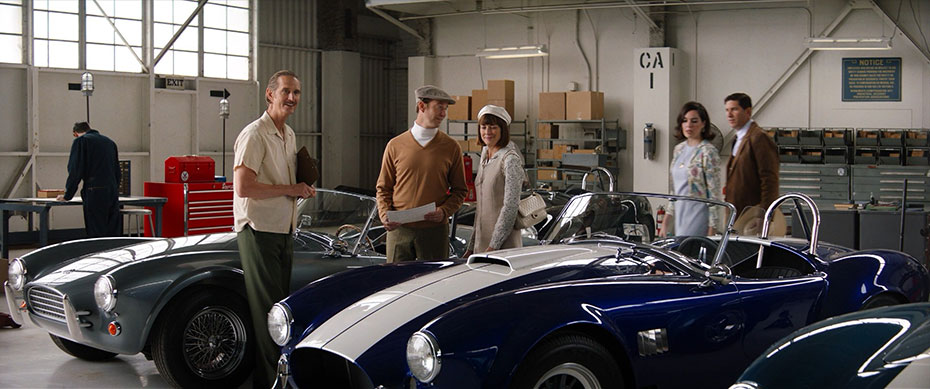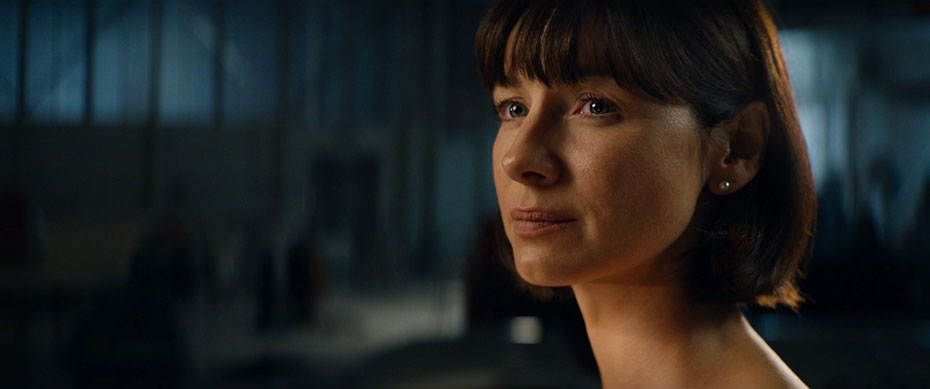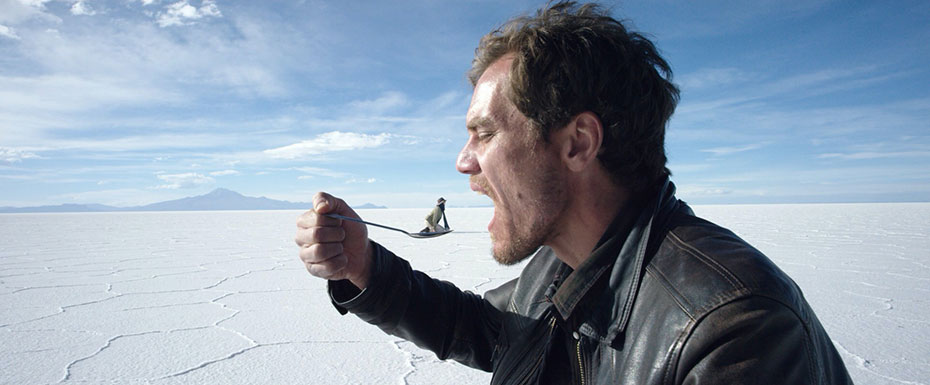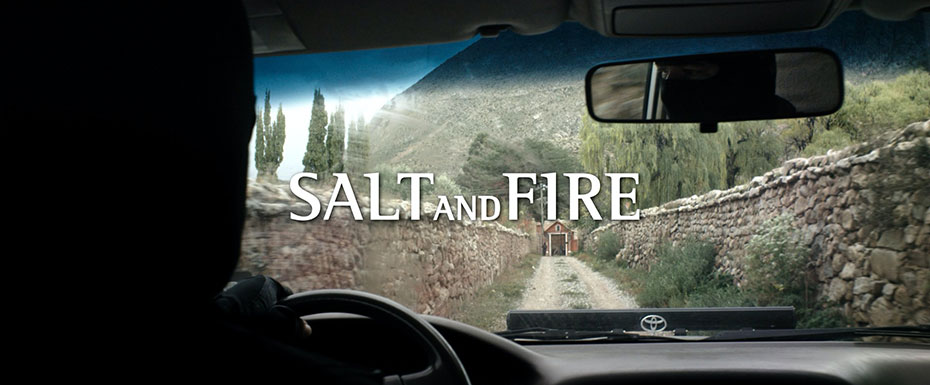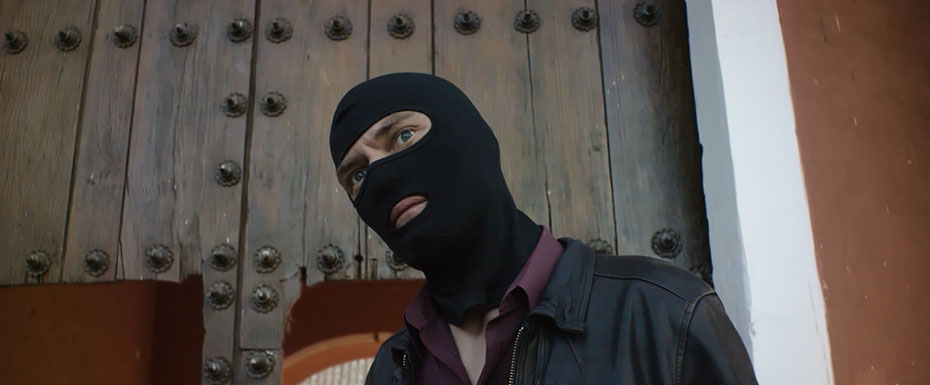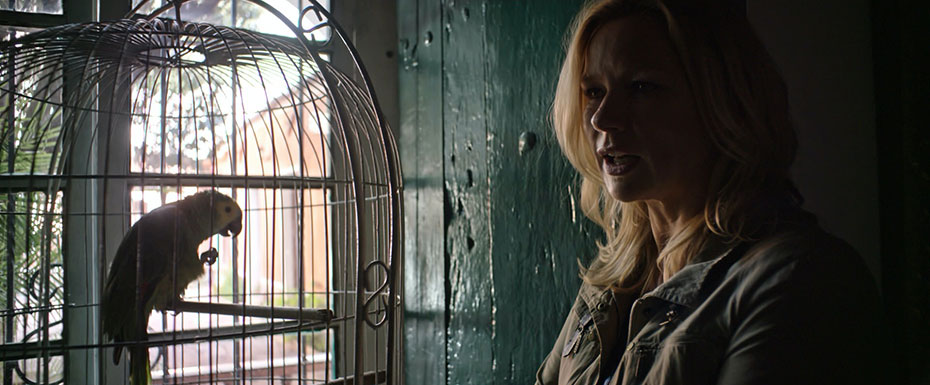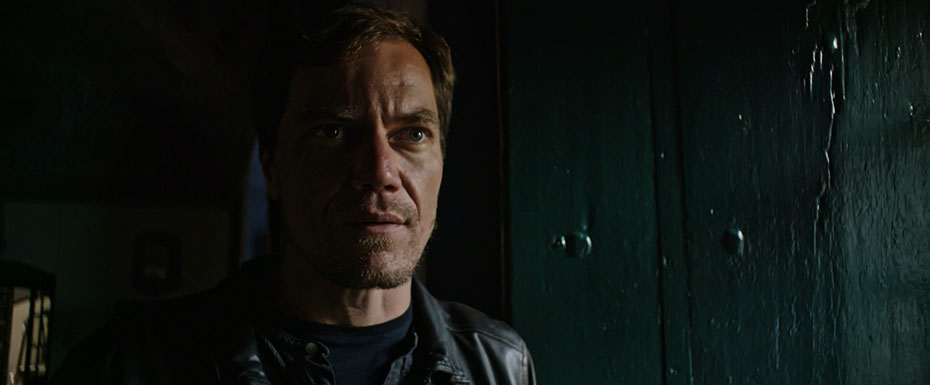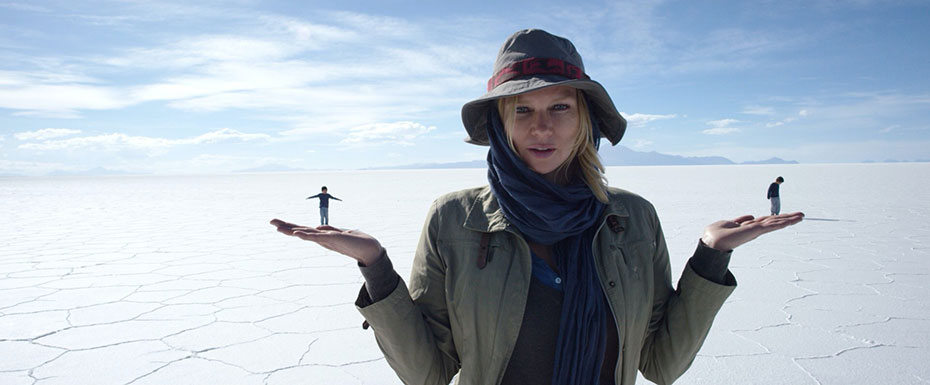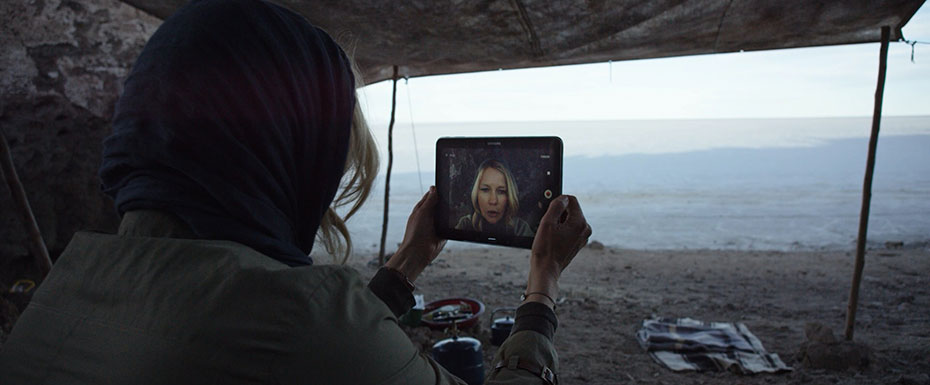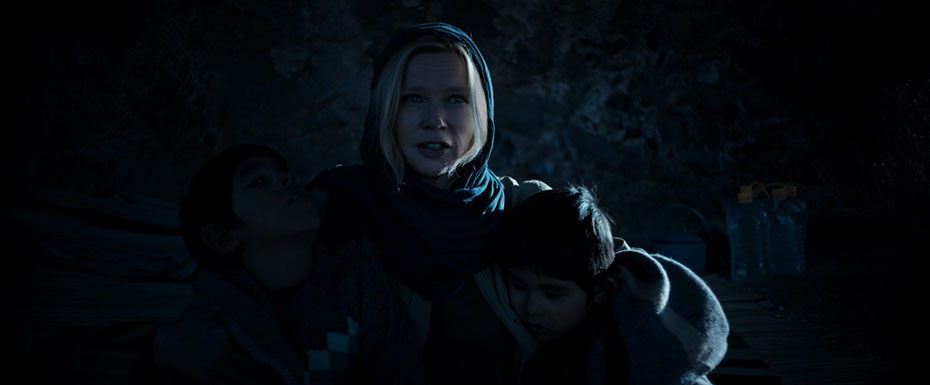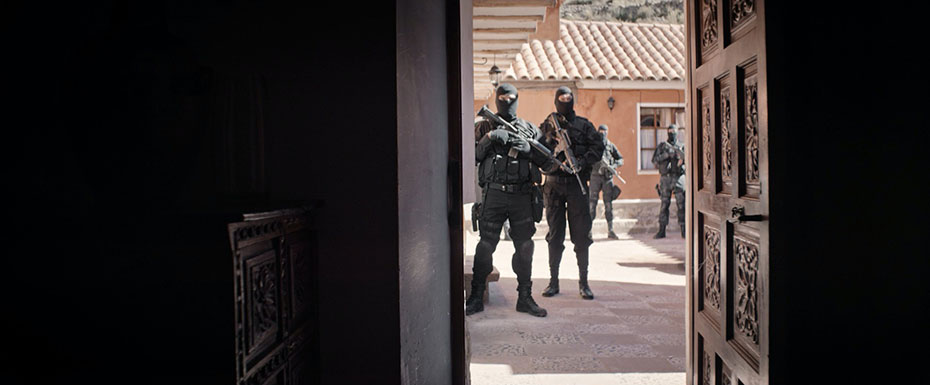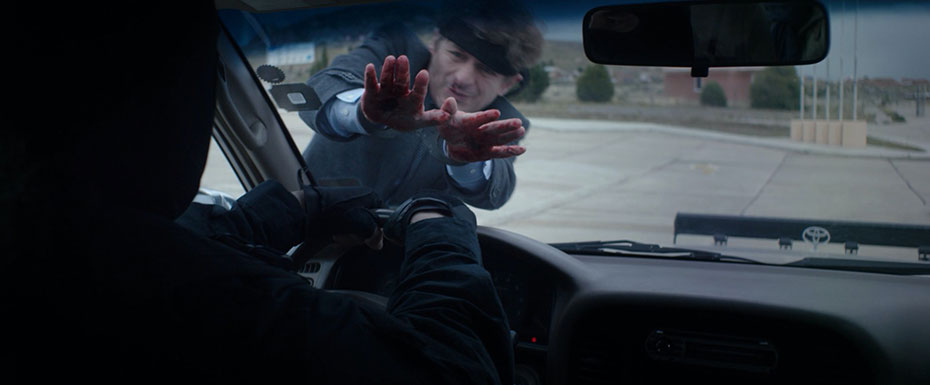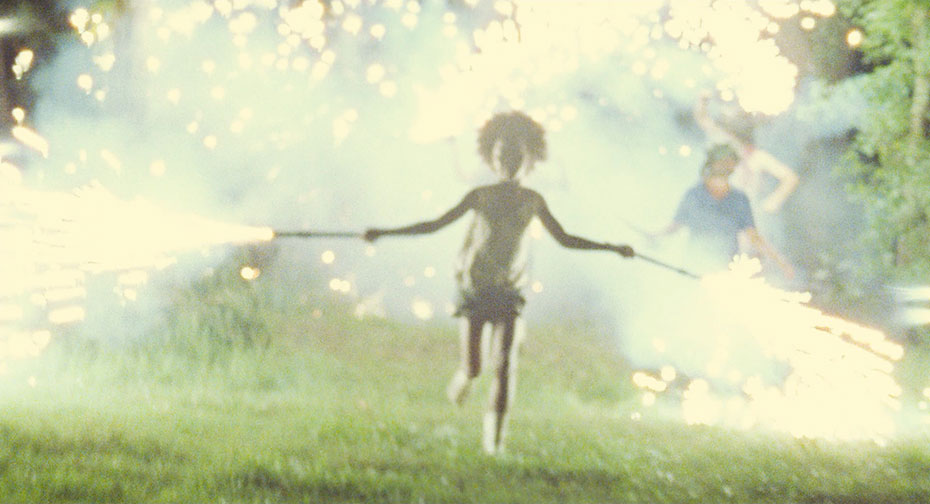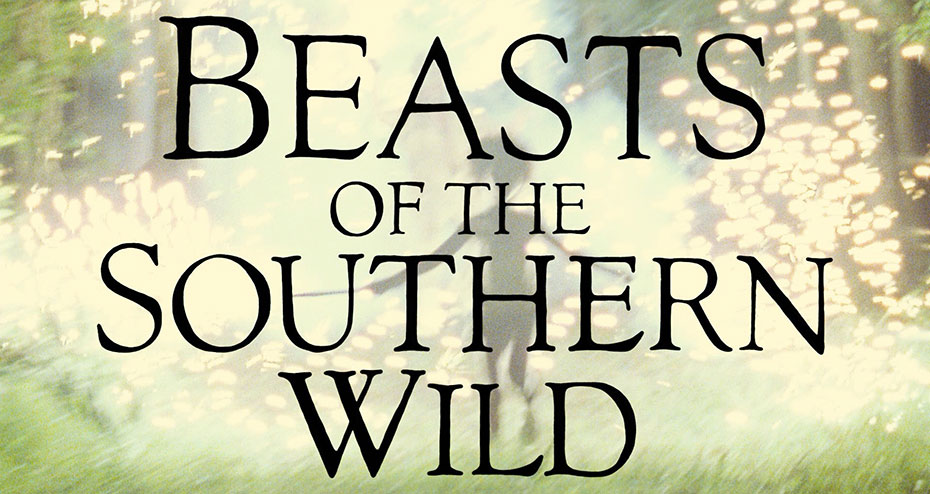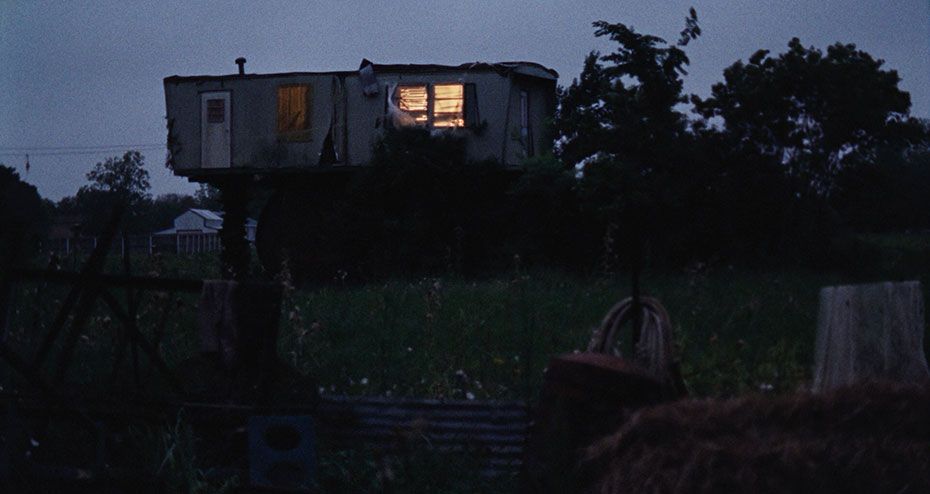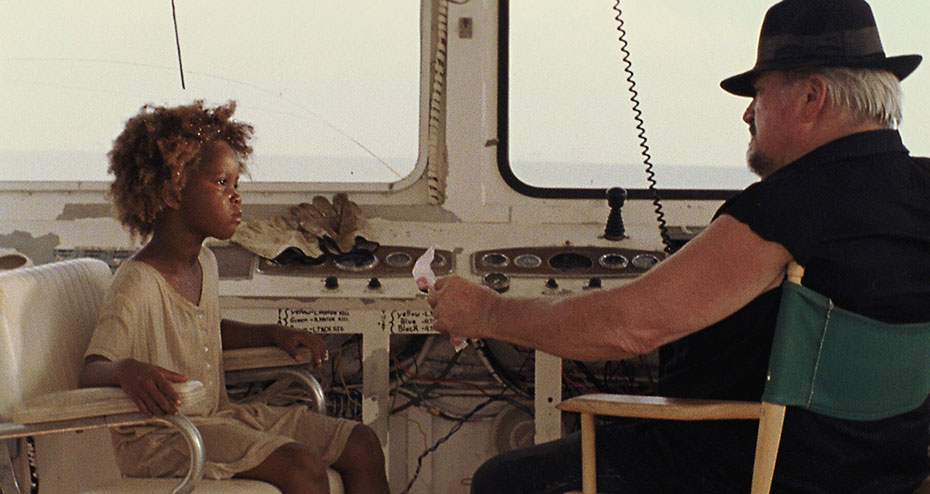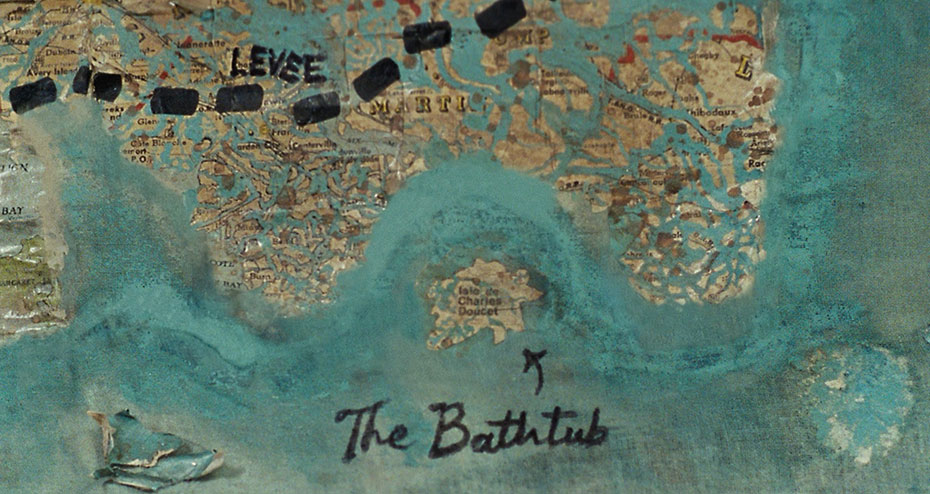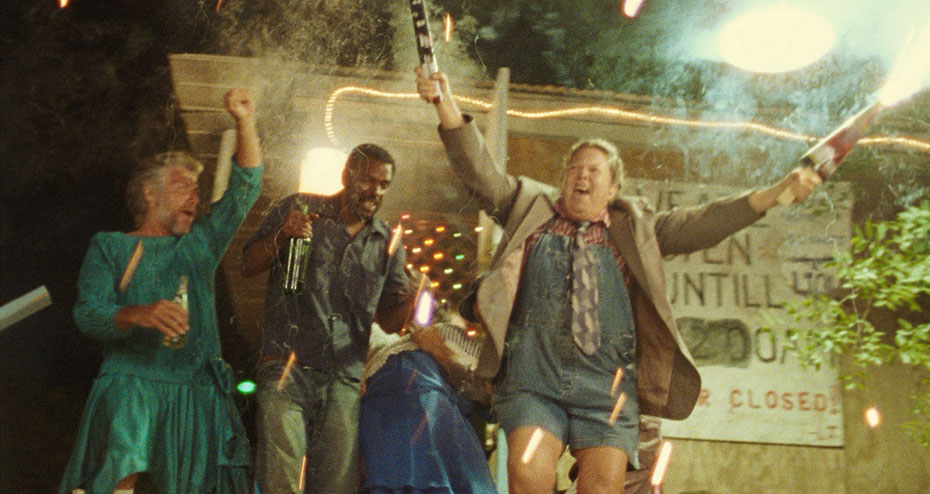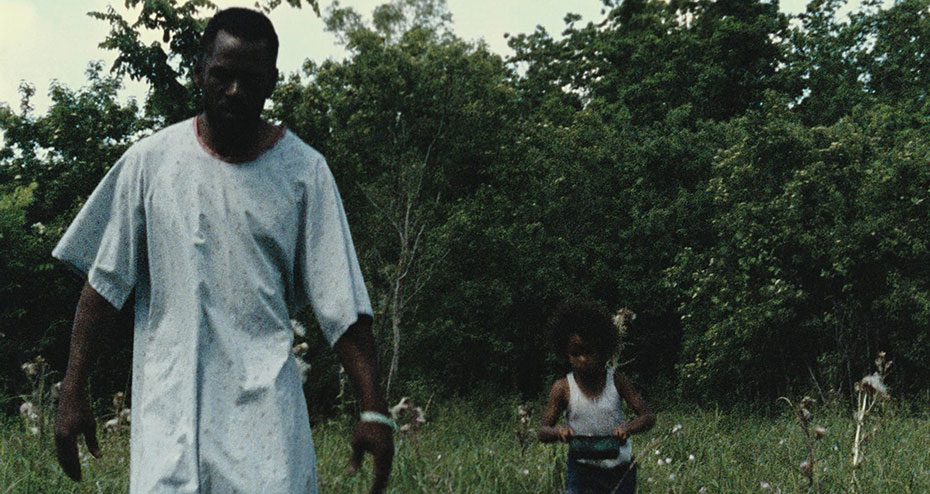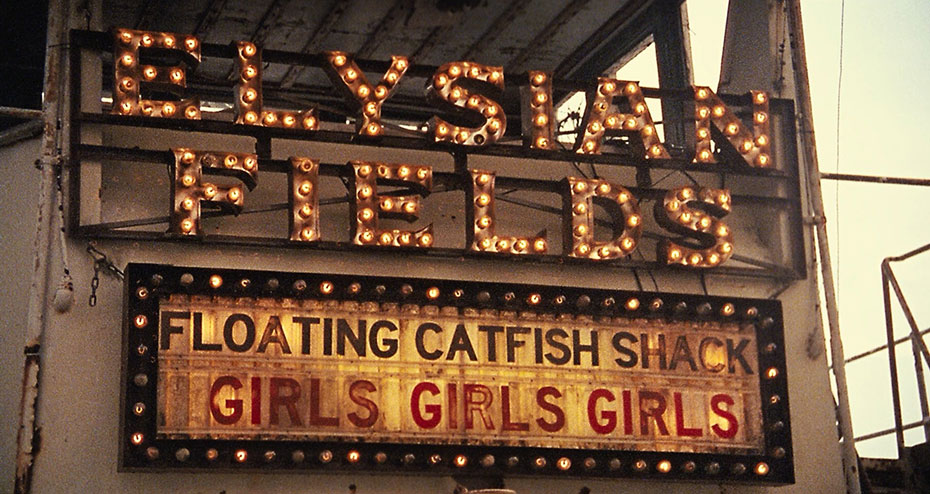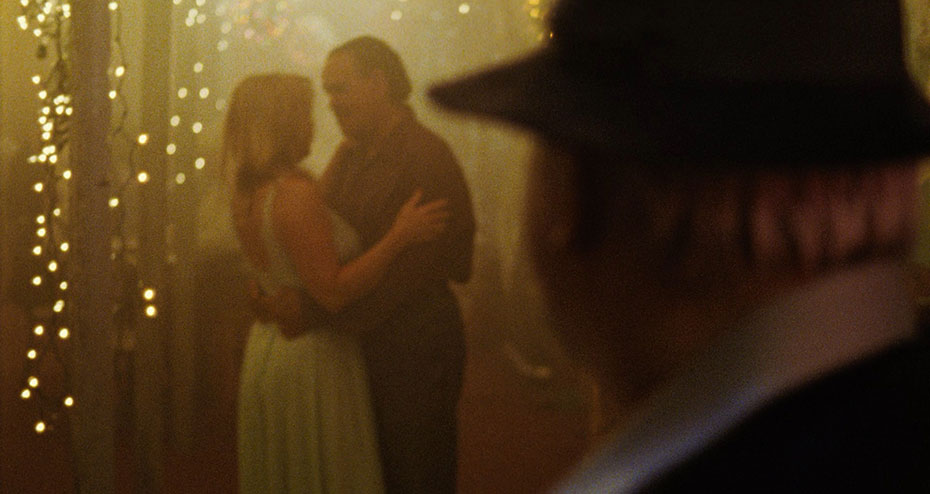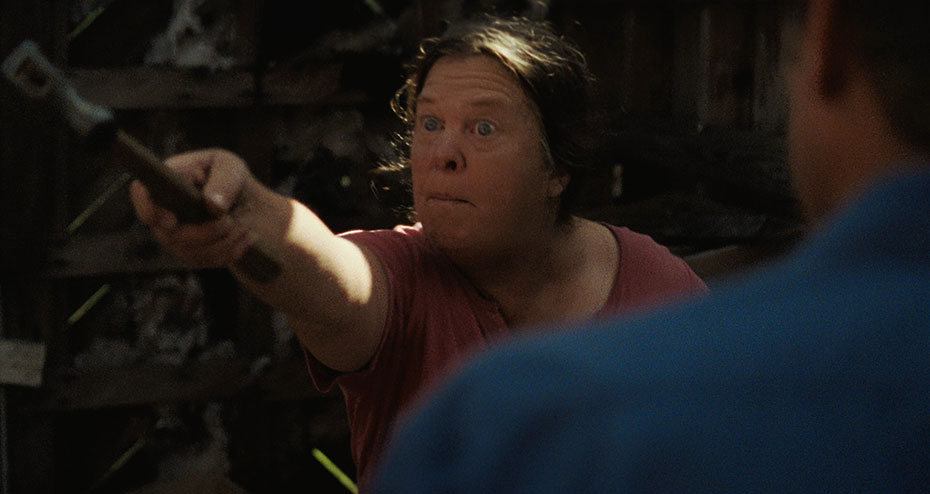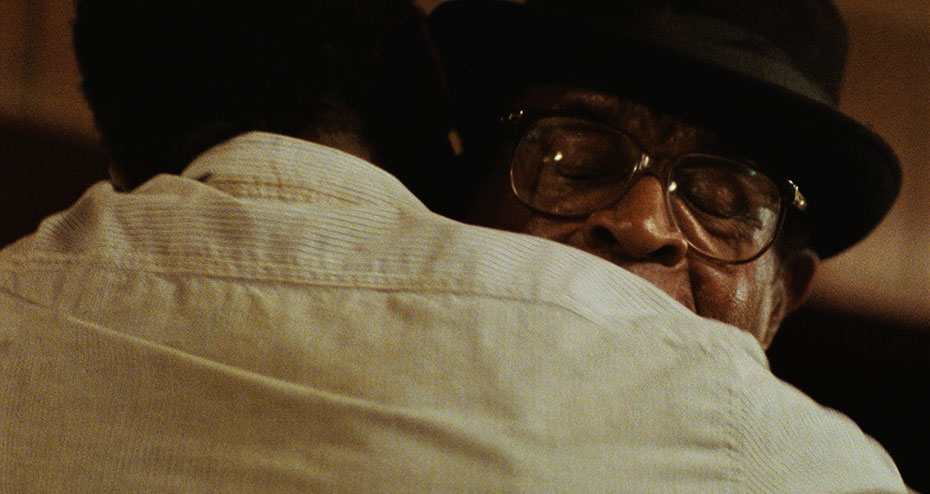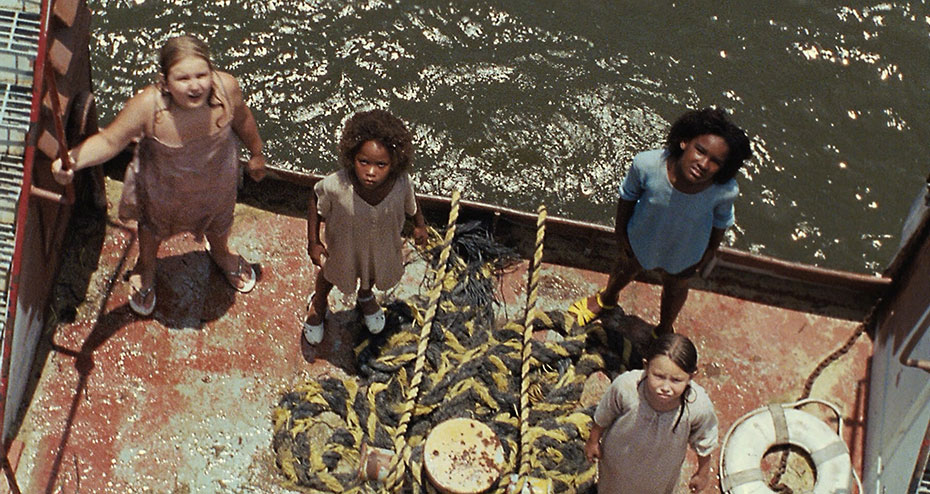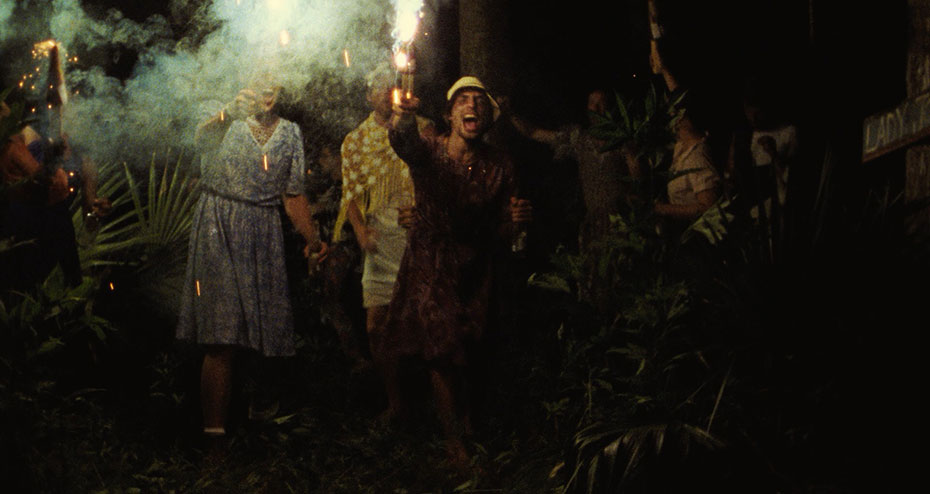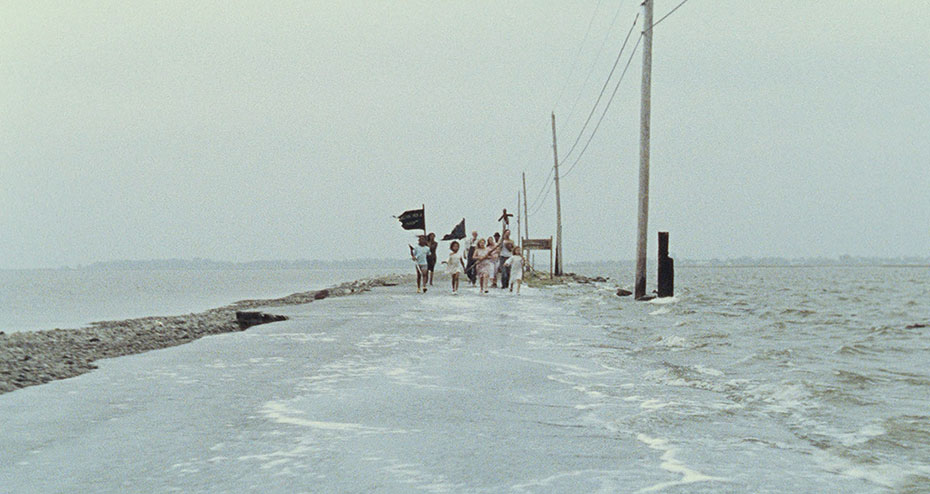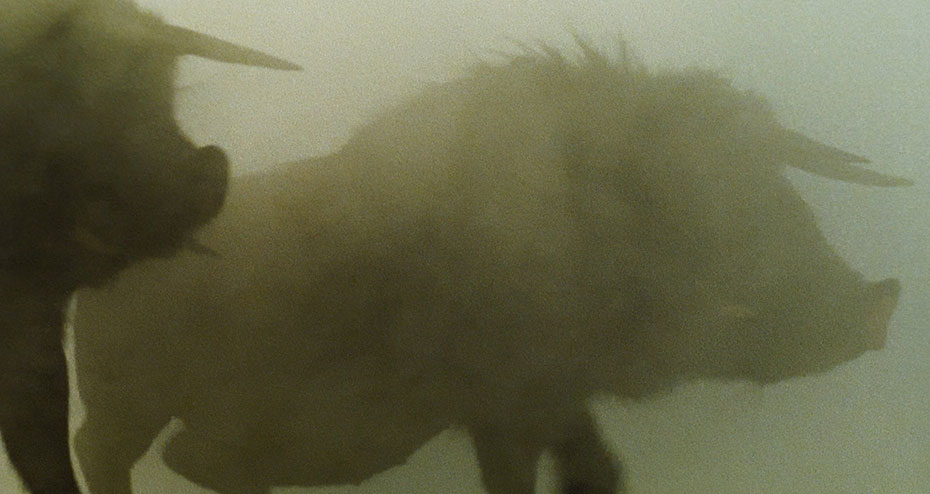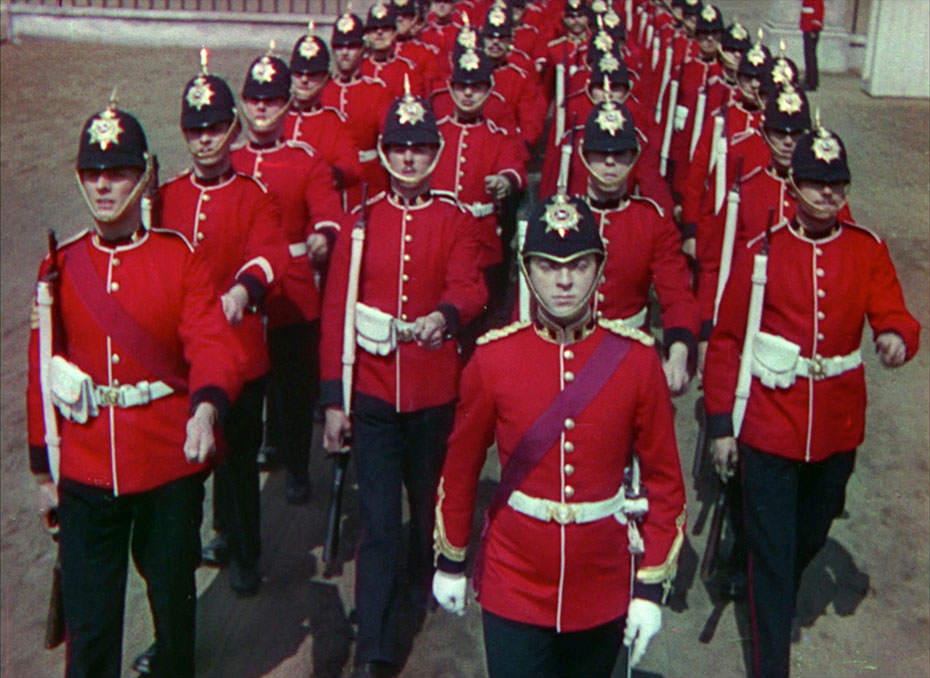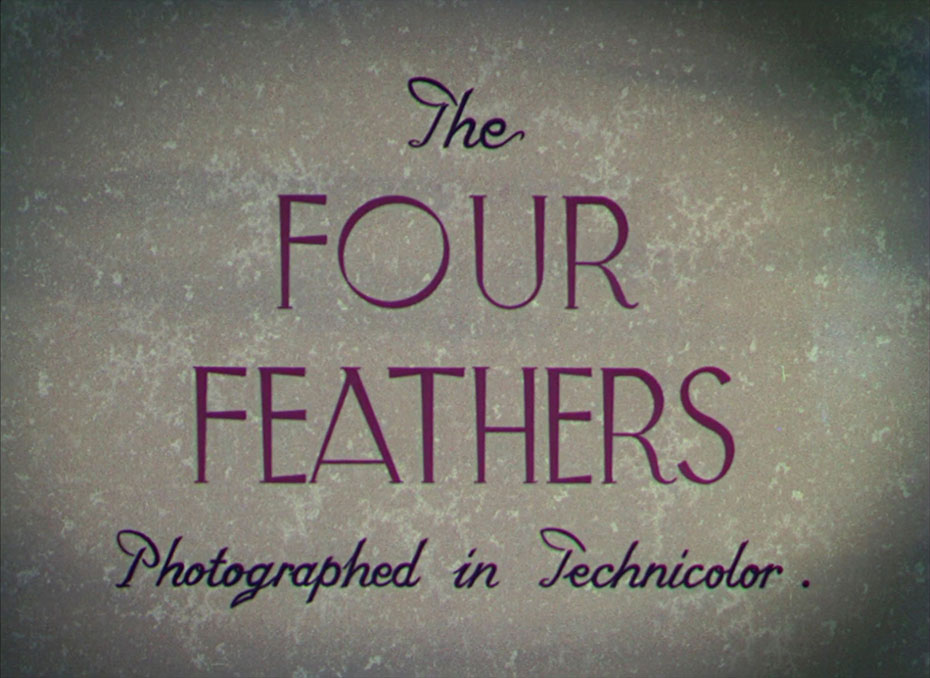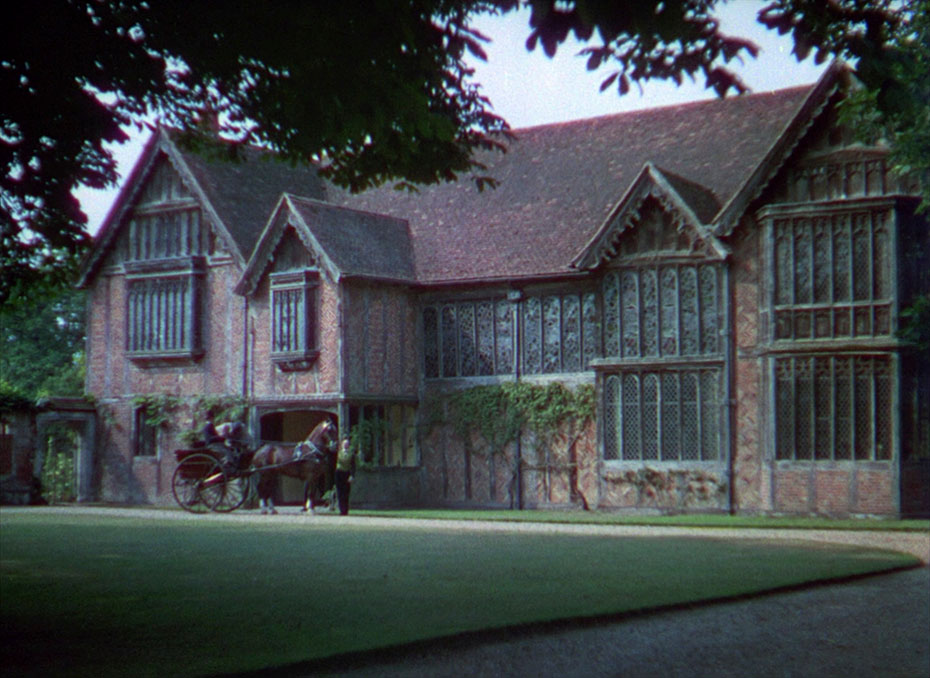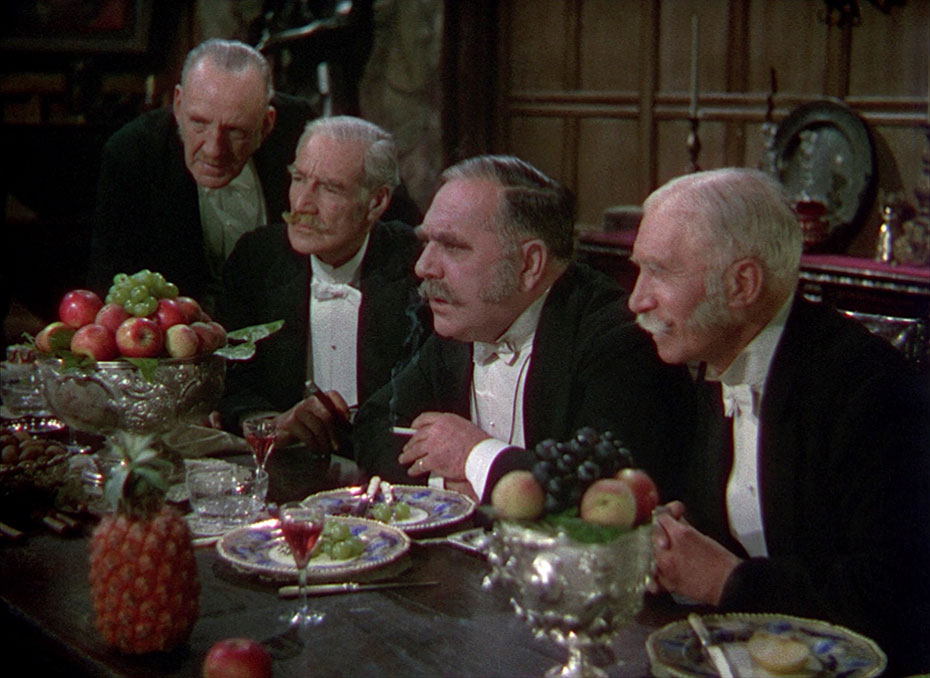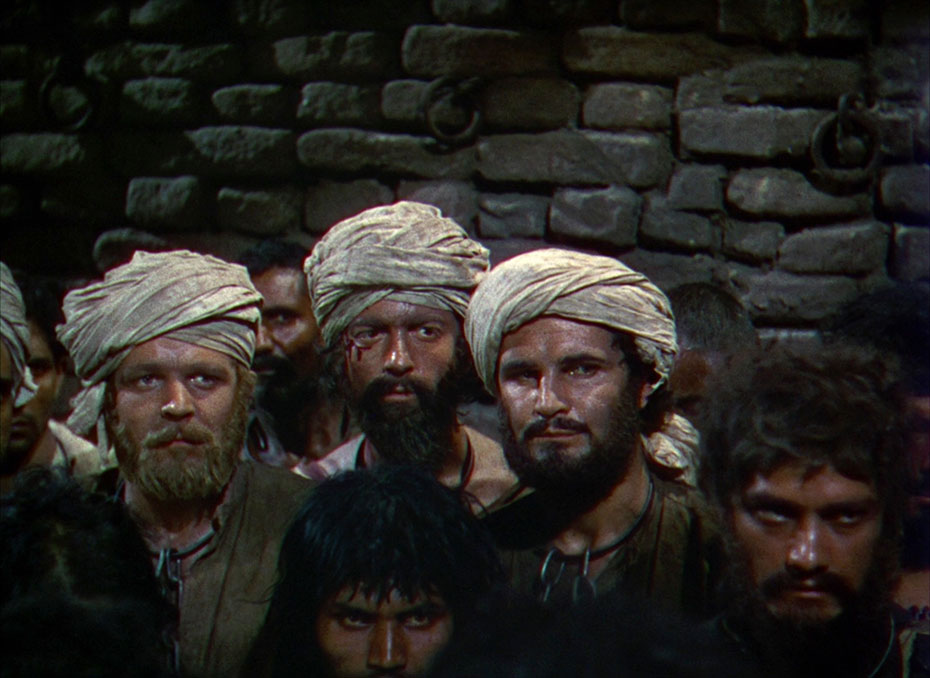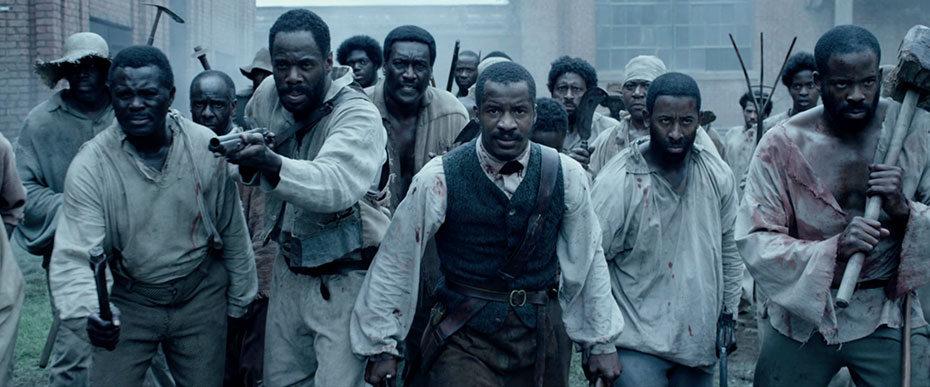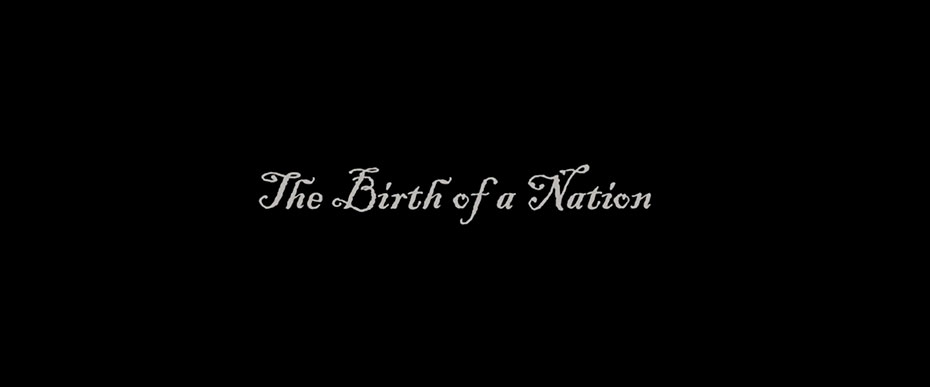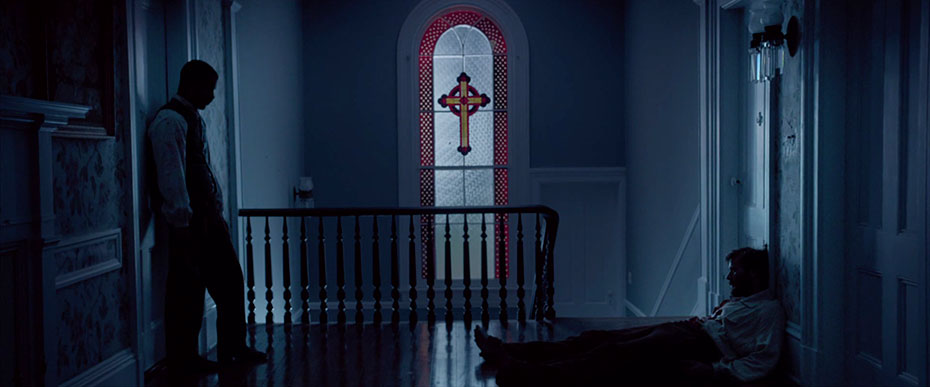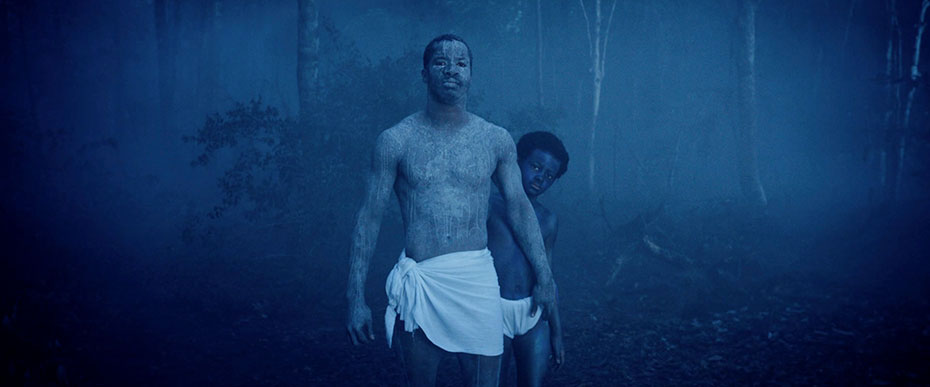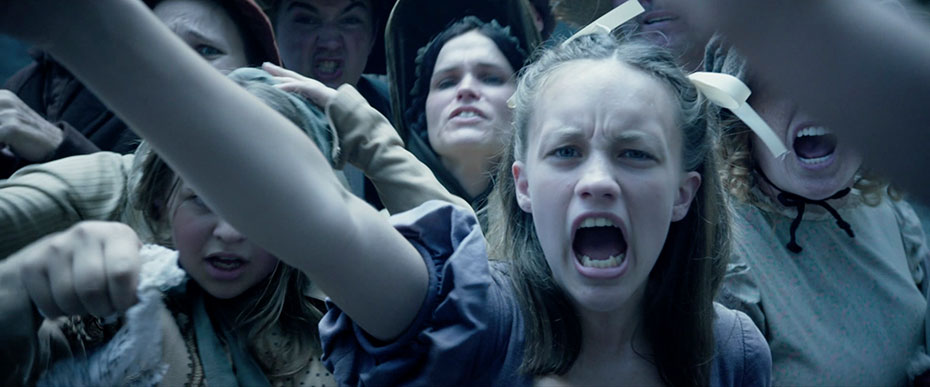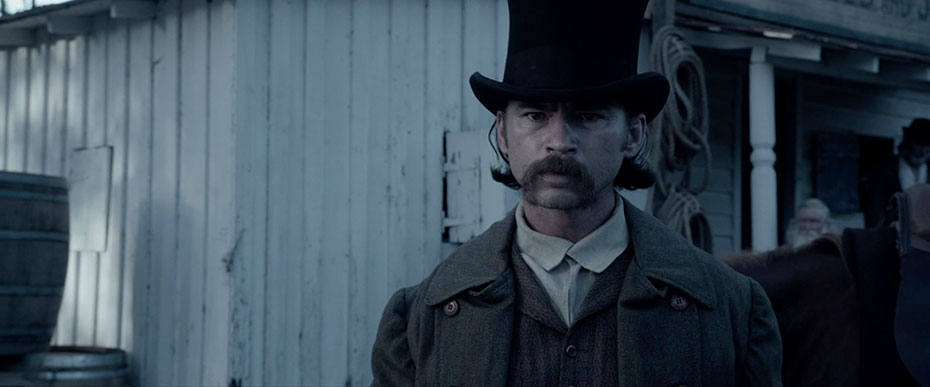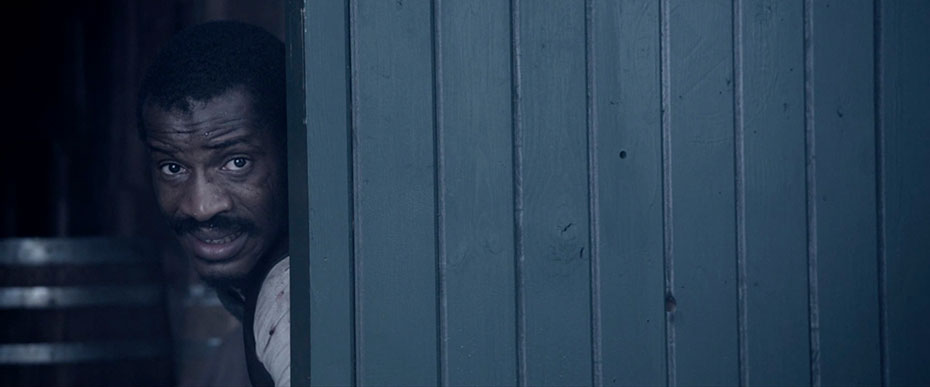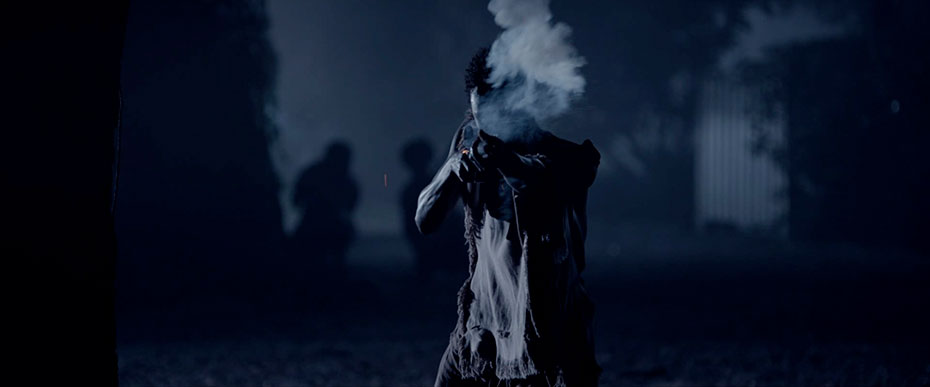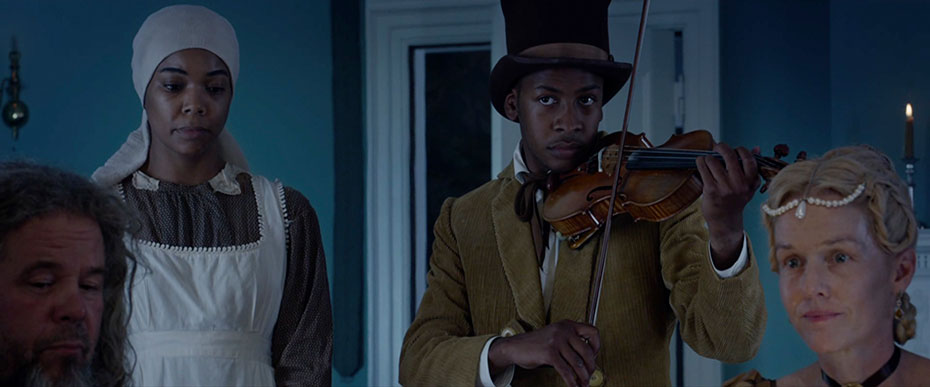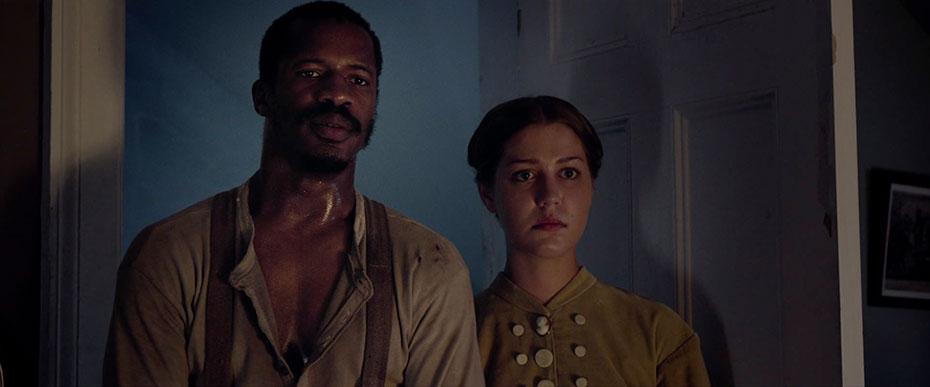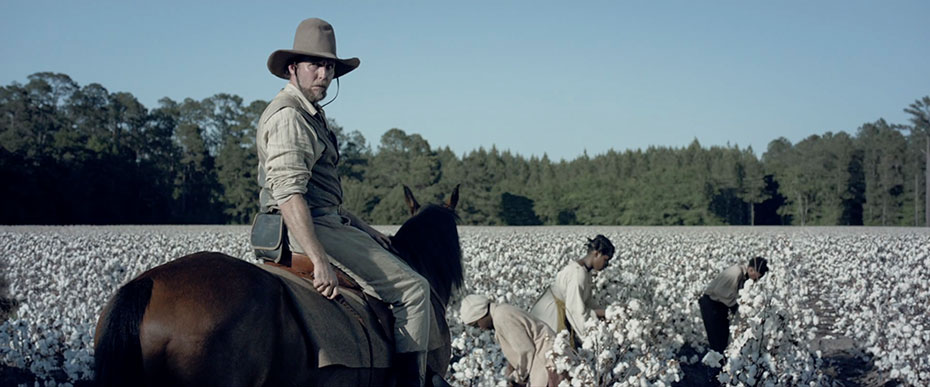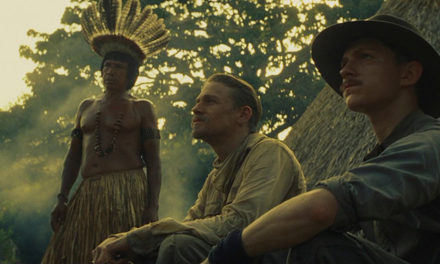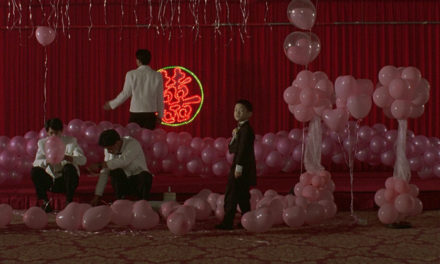THE TUESDAY DROP – 09/14
09.14.21 / New Shots
KOYAANISQATSI (1983)
KOYAANISQATSI is an experimental documentary film produced and directed by Godfrey Reggio. It is the first film in the Qatsi film trilogy, and consists primarily of slow motion and time-lapse footage of cities and natural landscapes across the United States, revealing the manner in which humankind has grown apart from nature. Koyaanisqatsi gets its title from the Hopi word for “life out of balance”. In 2002, the film was selected for preservation in the National Film Registry by the Library of Congress. Koyaanisqatsi was shot by Ron Fricke, who would also go on to be known for his work on films such as Samsara and Bakara. Reggio and Fricke shot the film almost entirely on 16mm celluloid, and began filming with an idea of the themes they were trying to capture, but no script or specific plan, instead opting to shoot whatever they felt “would look good on film”. This approach took them to shooting the demolition of the Pruitt-Igoe housing project in St. Louis, portraits of people in Times Square, and double exposed timelapse footage of traffic in Los Angeles from the top of a building. Philip Glass wrote the score for the film, which edited down hours and hours of footage into an 83 minute film.
POWAQQATSI (1988)
Five years after the debut film in the series, Godfrey Reggio returned to his Qatsi trilogy with POWAQQATSI. This film focuses its attention on lesser developed nations in the Southern Hemisphere, and forgoes the sped-up aesthetic of Koyaanisqatsi for a more meditative, slow-motion approach to show traditional ways of life and how they are being eroded as natural landscapes are taken over by technology. Powaqqatsi roughly translates to “parasitic way of life” or “life in transition”, and shows the exploitative worker relationships of industrial modern society. Reggio re-teamed with Philip Glass to compose the music for the film, but this time worked with cinematographers Leonidas Zourdoumis and Graham Berry. Highlights of Powaqqatsi’s shooting approach include an 87 second tracking shot across the faces of dozens of boys and girls in Africa, a small child walking towards camera as a truck approaches him from behind, and montages of American advertising. As in Koyaanisqatsi, Powaqqatsi saves showing us the meaning of its title for the end of the film, making the viewing experience a deeply meditative and often spiritual one, which allows its audience to draw its own conclusions.
NAQOYQATSI (2002)
Godfrey’s last installation in the Qatsi trilogy, NAQOYQATSI, focuses on the digital revolution being spurred on by globalization. The film’s title roughly translates to “life as war”, and the definitions displayed at the end of the film saw “civilized violence” and “a life of killing each other”. While the first two installations in the trilogy use slow-motion and time-lapse footage to reveal differing aspects of humankind’s relationship to each other and their landscape, Naqoyqatsi largely uses archival footage and stock footage manipulated and processed digitally (and edited non-sequentially with CGI footage) to demonstrate society’s transition from a natural environment to a technological one. Reggio himself described Naqoyqatsi as “virtual cinema”. Reggio had no script for the film, but ultimately cut it into three “movements”: “Numerica.com” (showing how language and place gives way to code and virtual reality), “Circus maximus” (showing how life is being reduced to competition), and “Rocketship twentieth century” (showing how the natural result of evolving technology is war). Godfrey worked on Naqoyqatsi with cinematographer Russell Lee Fine, and also worked with editor Jon Kane and frequent collaborator Philip Glass on the film’s score. A frenetic but thoughtful collage, Naqoyqatsi is ultimately a portrait about how the cacophony of communication will ultimately take humans into a post-language age.
AGUIRRE, THE WRATH OF GOD (1972)
Werner Herzog’s epic historical drama, AGUIRRE, THE WRATH OF GOD, tells the story of a group of conquistadors being led down the Amazon River by Spanish soldier Lope de Aguirre in search of the legendary city El Dorado. With a minimalist approach to dialogue, the film has become known as a unique and important art-house classic, and has since become one of the most celebrated films of Herzog’s career. Aguirre, the Wrath of God was shot by German cinematographer Thomas Mauch, who had previously worked with Herzog on Signs of Life, Even Dwarfs Started Small and The Flying Doctors of East Africa. With breathtaking scenery that highlights the epic nature of the landscape being traveled by the conquistadors, Aguirre, The Wrath of God could have been filmed in a much more romantic light. But Herzog’s approach to the film and Mauch’s work with the camera show a different story – one where the landscape is an impenetrable and punishing place for these people, whose mini society slowly deteriorates as the impossibility of their task dawns over them.
WENDY AND LUCY (2008)
Kelly Reichardt’s 2008 film WENDY AND LUCY stars Michelle Williams as Wendy, a drifter traveling to Alaska in search of work with her dog, Lucy. When Wendy is arrested for shoplifting and is subsequently released from prison, Lucy is missing, prompting her on a desperate search for her pet. Wendy and Lucy premiered at the Cannes Film Festival, and featured an animal performance from Reichardt’s own dog, Lucy (Lucy also featured in Reichardt’s film Old Joy). Wendy and Lucy was shot by American cinematographer Sam Levy, who is best known for his collaborations with Noah Baumbach. Levy’s camerawork is characterized by the tone of the film and Reichardt’s direction of it and of Williams’s performance – austere, reserved, objective, and clear in placing the audience in the perspective of being on the same desperate search as Wendy.
FORD V FERRARI (2019)
FORD V FERRARI is a 2019 sports drama directed by James Mangold and starring Christian Bale and Matt Damon. The film follows a team of American and British engineers and designers, led by Carrol Shelby (Damon) and Ken Miles (Bale), who aim to build the Ford GT40, a racing car which may finally defeat the dominant Ferrari team at the 1966 Le Mans race in France. Ford v Ferrari was nominated for four Academy Awards, including Best Picture, and won awards for Best Film Editing and Best Sound Editing. The film was shot by Greek cinematographer Phedon Papamichael, who was collaborating with Mangold on their fifth movie together. Mangold and Papamichael wanted to create a racing film that felt honest to the 60s period in which the story took place. They filmed on wide lenses with pod cars for the racing footage, in order to have stunt drivers operating the vehicles while it seemed that the actors were driving. Papamichael shot the film on the Alexa LF with custom Panavision anamorphic lenses, in order to have enough flexibility to shoot low-light scenes without adding grain, but still having the natural distortion of a film from the 60s.
SALT AND FIRE (2016)
Werner Herzog’s 2016 thriller SALT AND FIRE follows a hostage situation that takes place during an ecological disaster in Bolivia. The film stars Michael Shannon, Gael García Bernal and Veronica Ferres, and was selected for the Special Presentations section of the Toronto International Film Festival. Herzog worked on Salt and Fire with Austrian cinematographer Peter Zeitlinger. The pair had collaborated since Herzog’s 1995 film Death for Five Voices. Set in the gigantic salt flats of Bolivia, Zeitlinger filmed the first half of Salt and Fire much like a classic action thriller, with plenty of camera movement. But once we arrive in the salt flats, the visual language gives way to something much more slow, sweeping and epic in its approach, conveying the vastness of the landscape in which our protagonists must find a way to survive.
BEASTS OF THE SOUTHERN WILD (2012)
BEASTS OF THE SOUTHERN WILD is a drama directed, co-written and co-scored by Benh Zeitlin. The film was also written by Lucy Alibar, who was adapting the film from her one-act play Juicy and Delicious. The film follows Hushpuppy (played by Quvenzhané Wallis), a six year old who goes on search for her long-lost mother in Southern Louisiana in a time of flood and environmental disaster. Beasts of the Southern Wild was nominated for four Academy Awards: Best Picture, Best Director, Best Adapted Screenplay and Best Actress for Wallis. The film was shot by British cinematographer Ben Richardson, who is also known for his work on projects such as The Fault in Our Stars, Wind River and Mare of Easttown. Zeitlin only had $1.5 million to make the film and was looking for cinematographers who could focus on the heart of the story and work within budgetary restrictions at the same time. He and Richardson found an approach where any potential lyricism in the cinematography would give way to telling a story from the child’s perspective (without necessarily living directly inside her POV). Richardson took a deliberately less-than-perfect approach, trying to keep as much film equipment off set as possible in order to give the actors freedom and embrace the find-it-as-you-go nature of the characters’ journeys through the film.
THE FOUR FEATHERS (1939)
THE FOUR FEATHERS is a 2002 war drama directed by Zoltan Korda and starring John Clements, Ralph Richardson, June Deprez and C. Aubrey Smith. Adapted from the 1902 novel by A.E.W. Mason of the same name, and set during the British Army’s Gordon Relief Expedition of 1884-5 in Sudan, the film follows a young man who is accused of cowardice. The Four Feathers was nominated for the Palme d’Or at the Cannes Film Festival. The film was shot by French cinematographer Georges Périnal, who was best known for his work with directors such as Jean Cocteau, Michael Powell, Charlie Chaplin and Otto Preminger. The film was shot almost entirely on location in Sudan, which was rare for the time, and was shot in Technicolor. The film has become a classic epic film of the late 30’s, and one of the most celebrated of the Technicolor era.
THE BIRTH OF A NATION (2016)
THE BIRTH OF A NATION is a 2016 period drama written, directed by and starring Nate Parker. The film is based on the story of Nat Turner, who led a slave rebellion in Southampton County, Virginia, in 1831. The film also stars Colman Domingo, Armie Hammer and Aja Naomi King, and won the Audience Award and Grand Jury Prize at the Sundance Film Festival. The Birth of a Nation was shot by American cinematographer Elliot Davis. Davis was best known for his work on films such as The Outsiders, St. Elmo’s Fire and Out of Sight. Davis shot the film on an Alexa, using three zoom lenses, in order to maximize efficiency during the short production period (Davis was sometimes shooting new shots as often as every 10 to 15 minutes). With a prior background in architecture, Davis was able to apply those principles to the planning of the shoot – composing space, light and perspectives in pre-production to move as efficiently as possible while incorporating Parker’s meticulous and heavily-researched vision during the shoot.

